“The North American Indian” – One Man’s Vision Of A Continent Of Cultures
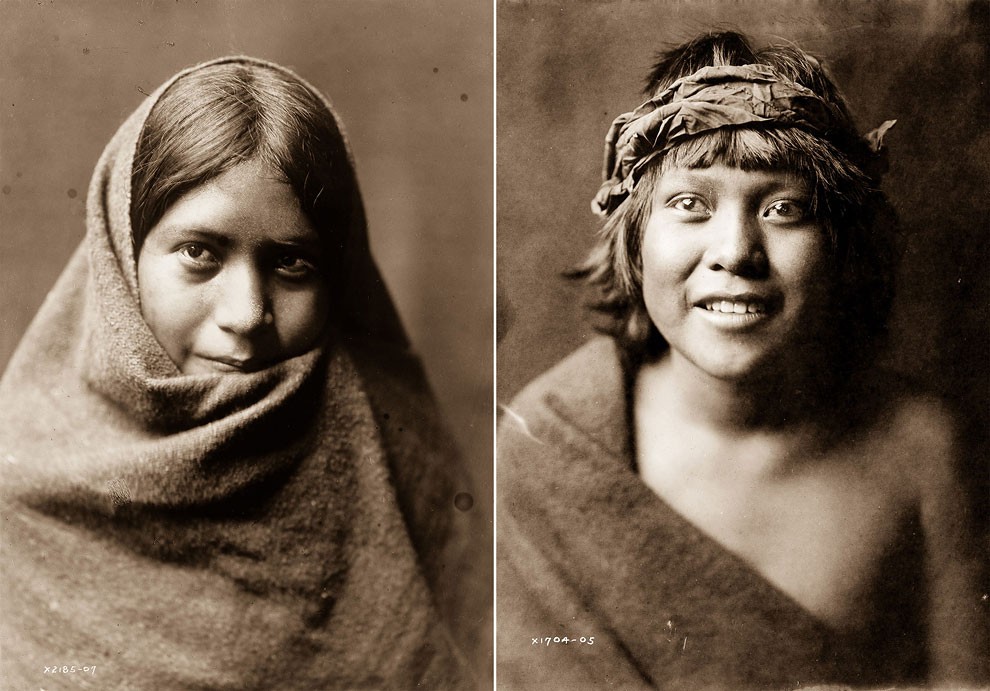
Born on a Wisconsin farm in 1868, Edward Sheriff Curtis grew up to become a commercial photographer in Seattle. In 1895 he photographed Princess Angeline, the daughter of the Duwamish chief Seattle, for whom the city was named. That encounter sparked Curtis’ lifelong fascination with the cultures and lives of Native American tribes. He soon joined expeditions to visit tribes in Alaska and Montana.
In 1906, Curtis was approached by wealthy financier J.P. Morgan, who was interested in funding a documentary project on the indigenous people of the continent. They conceived a 20-volume series, called “The North American Indian.”
h/t: mashable
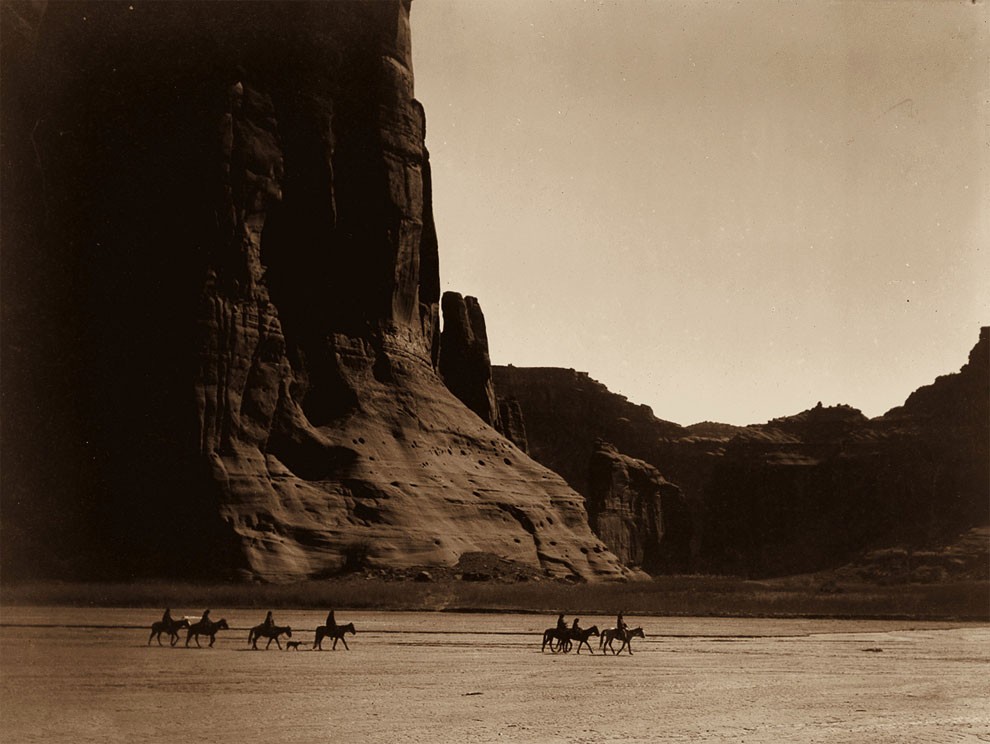
1904. A group of Navajo in the Canyon de Chelly, Arizona. (IMAGE: EDWARD S. CURTIS/LIBRARY OF CONGRESS)
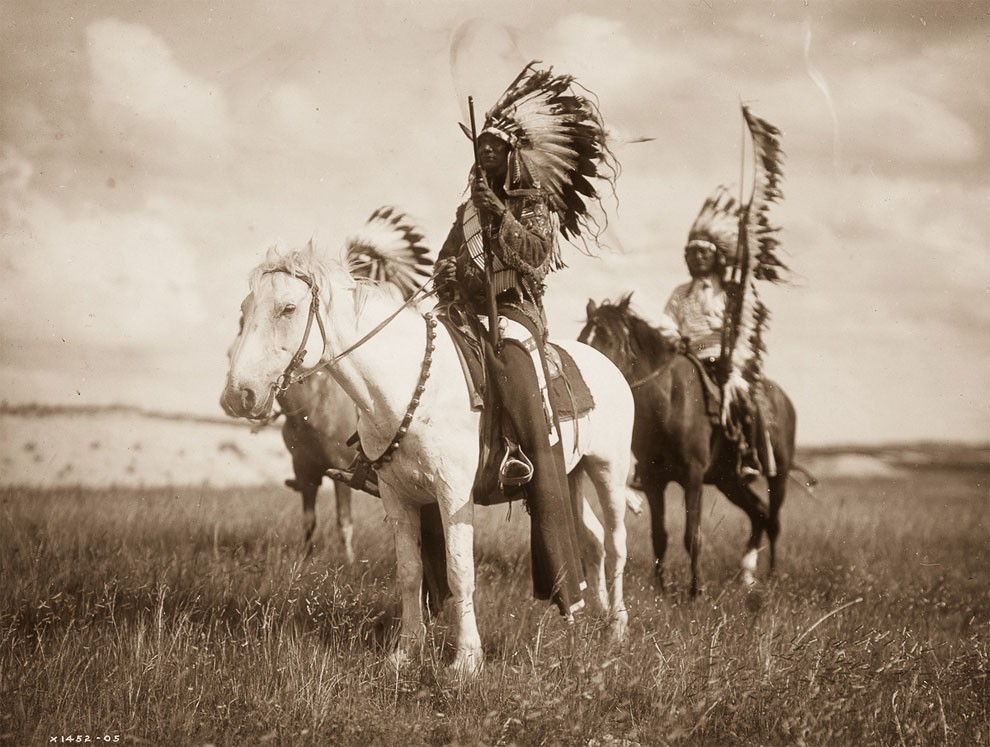
1905. Sioux chiefs. (IMAGE: EDWARD S. CURTIS/LIBRARY OF CONGRESS)

1908. An Apsaroke mother and child. (IMAGE: EDWARD S. CURTIS/LIBRARY OF CONGRESS)
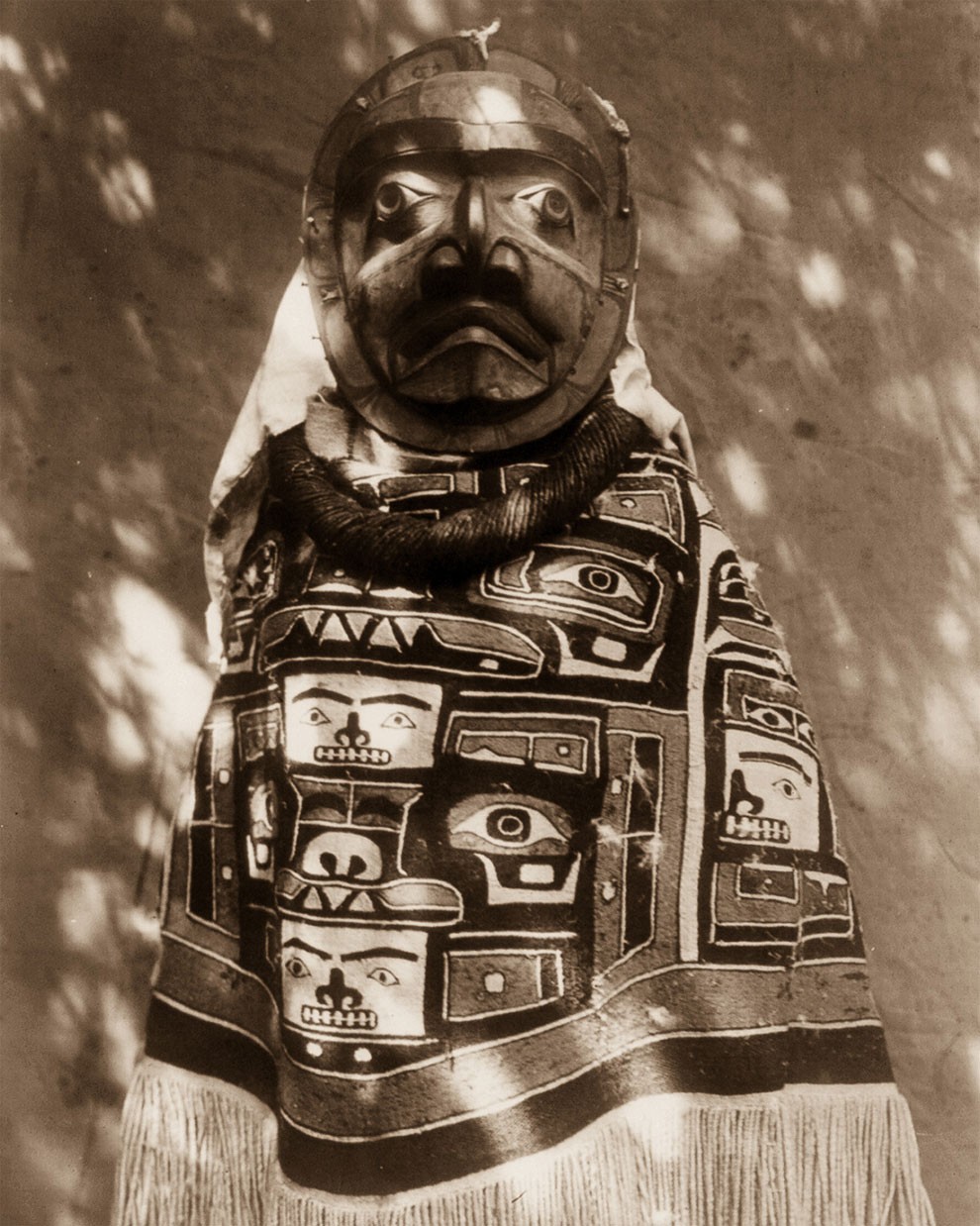
1914. A Qagyuhl woman wears a fringed Chilkat blanket and a mask representing a deceased relative who had been a shaman. (IMAGE: EDWARD S. CURTIS/LIBRARY OF CONGRESS)

1910. Piegan girls gather goldenrod. (IMAGE: EDWARD S. CURTIS/LIBRARY OF CONGRESS)
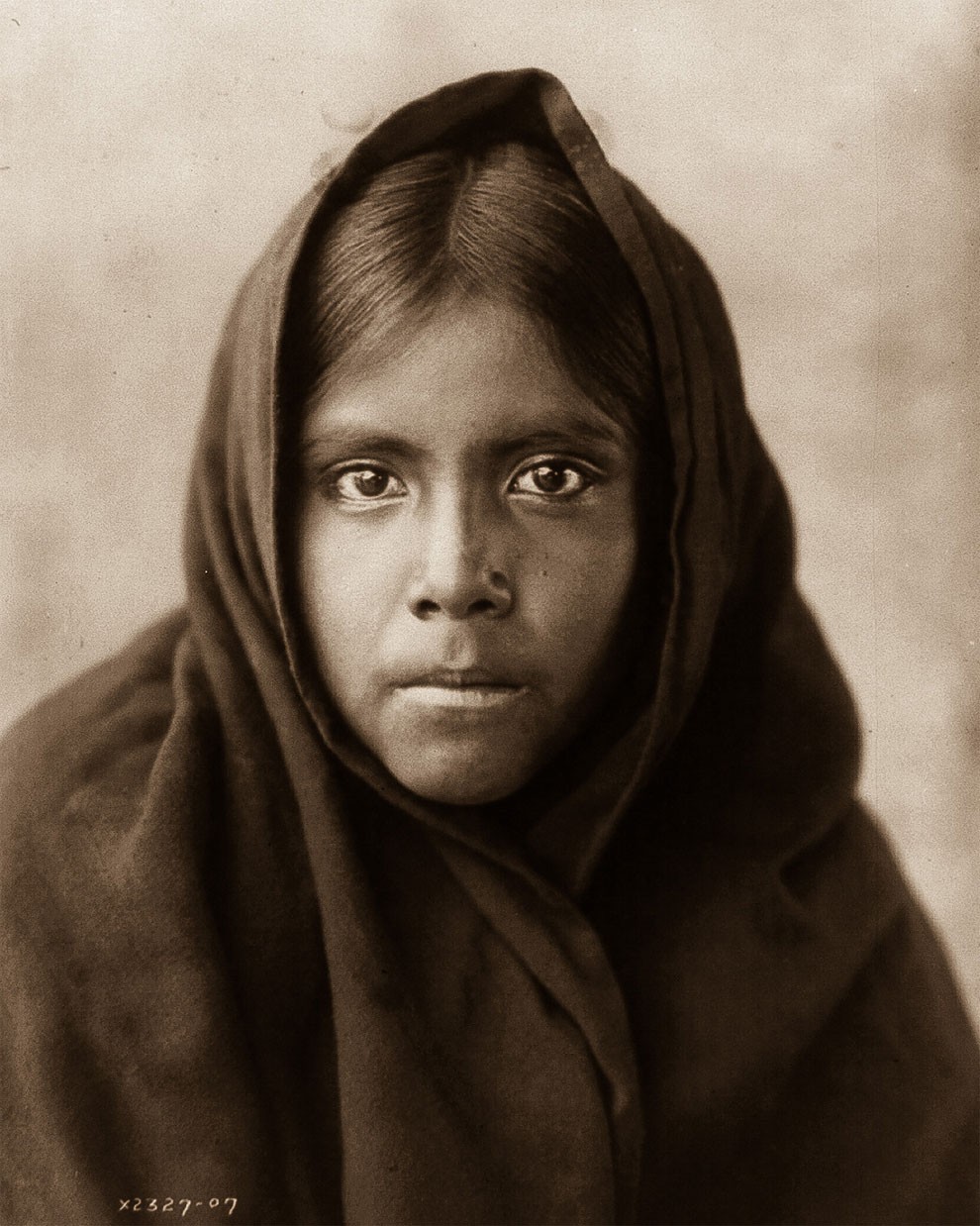
1907. A Qahatika girl. (IMAGE: EDWARD S. CURTIS/LIBRARY OF CONGRESS)
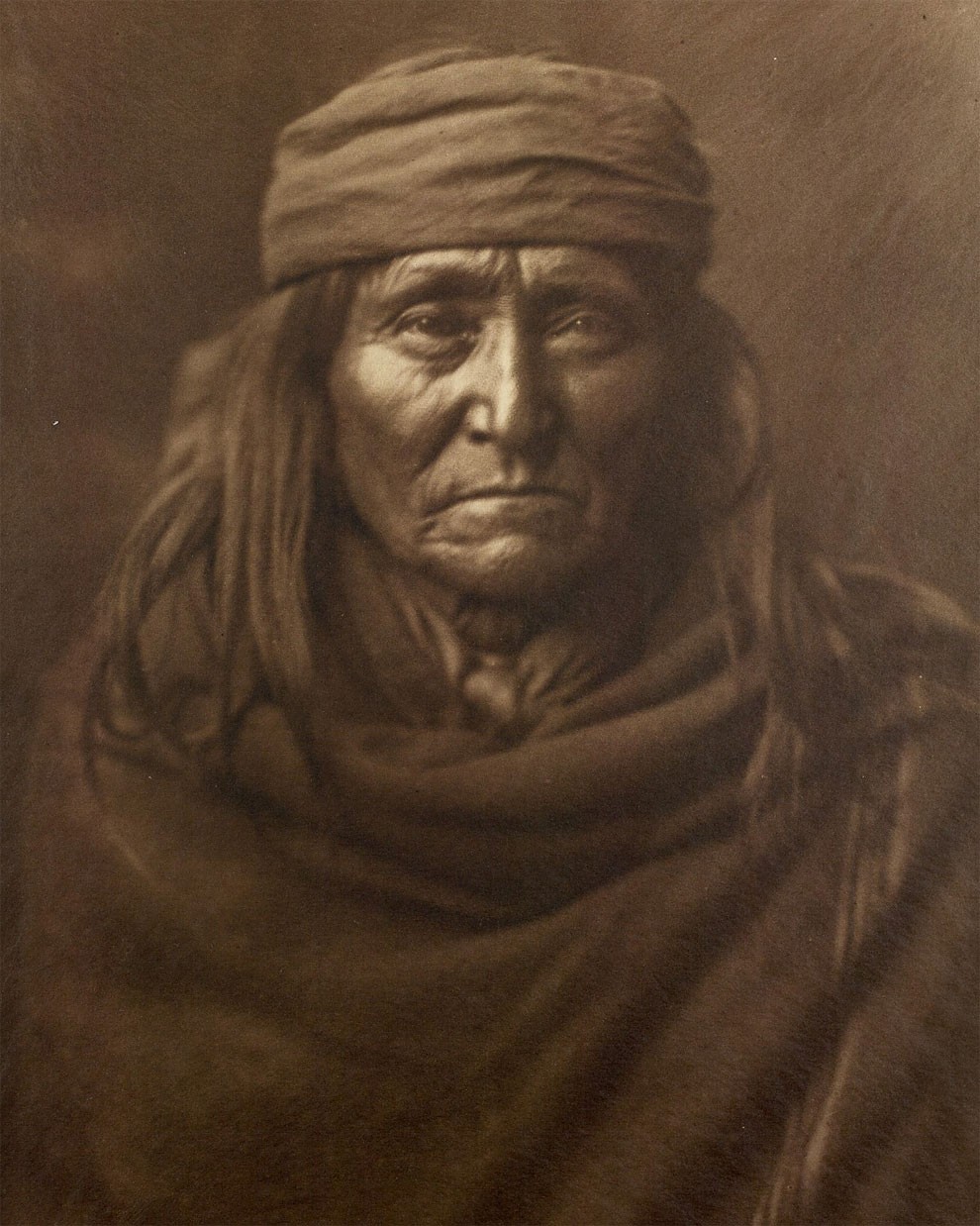
1903. Eskadi, of the Apache tribe. (IMAGE: EDWARD S. CURTIS/LIBRARY OF CONGRESS)
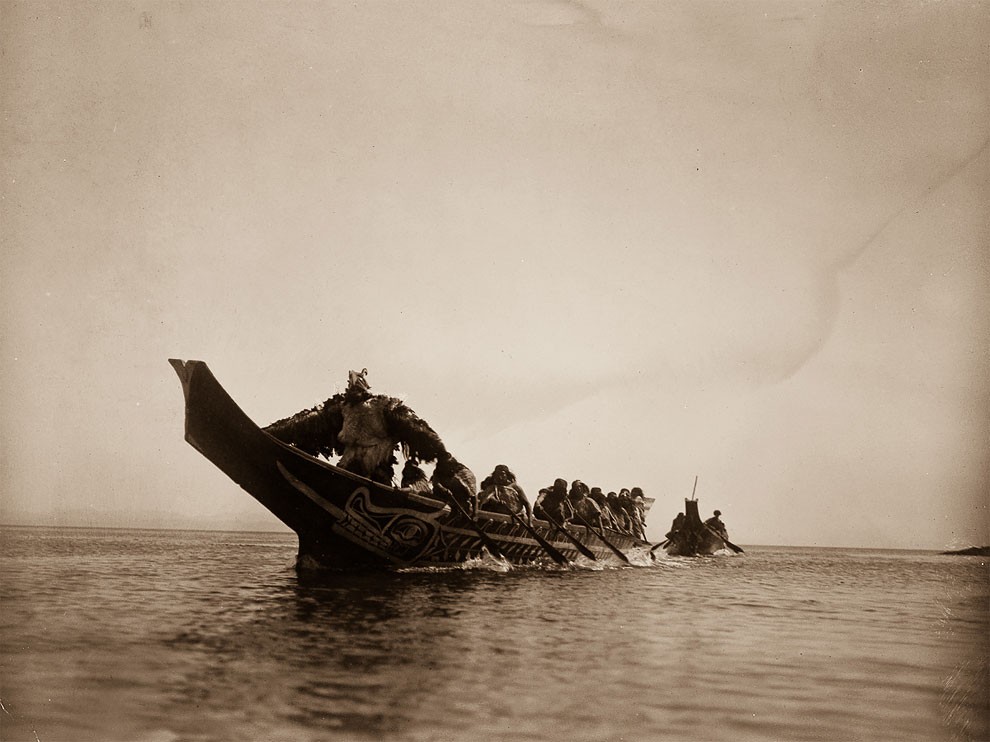
1914. Kwakiutl people in canoes in British Columbia. (IMAGE: EDWARD S. CURTIS/LIBRARY OF CONGRESS)
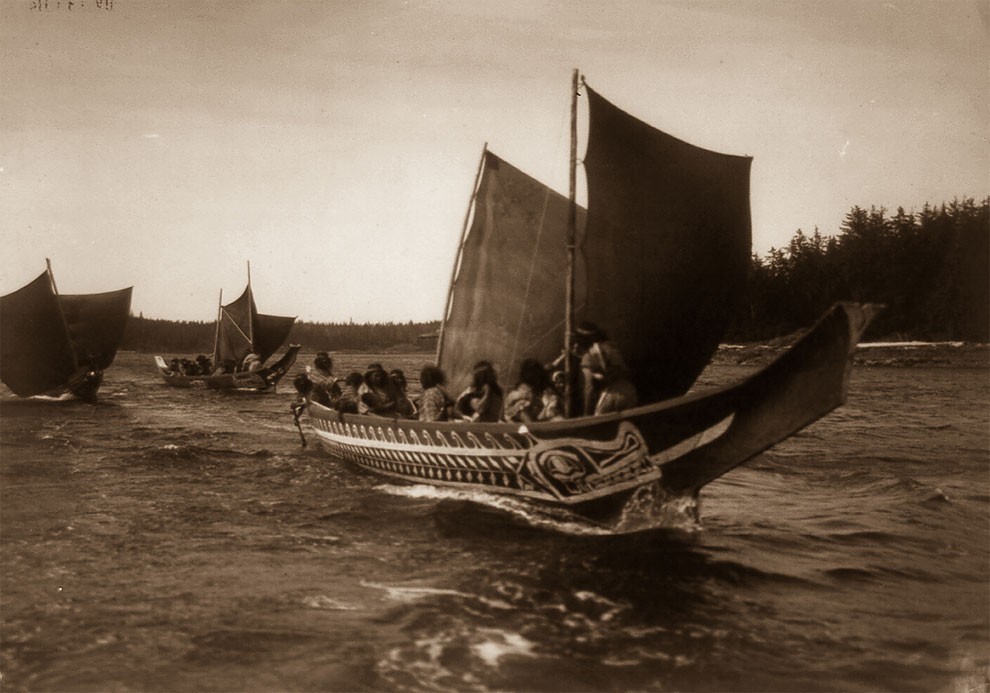
1914. Kwakiutl people in canoes in British Columbia. (IMAGE: EDWARD S. CURTIS/LIBRARY OF CONGRESS)

1914. A Kwakiutl wedding party arrives in canoes. (IMAGE: EDWARD S. CURTIS/GETTY IMAGES)
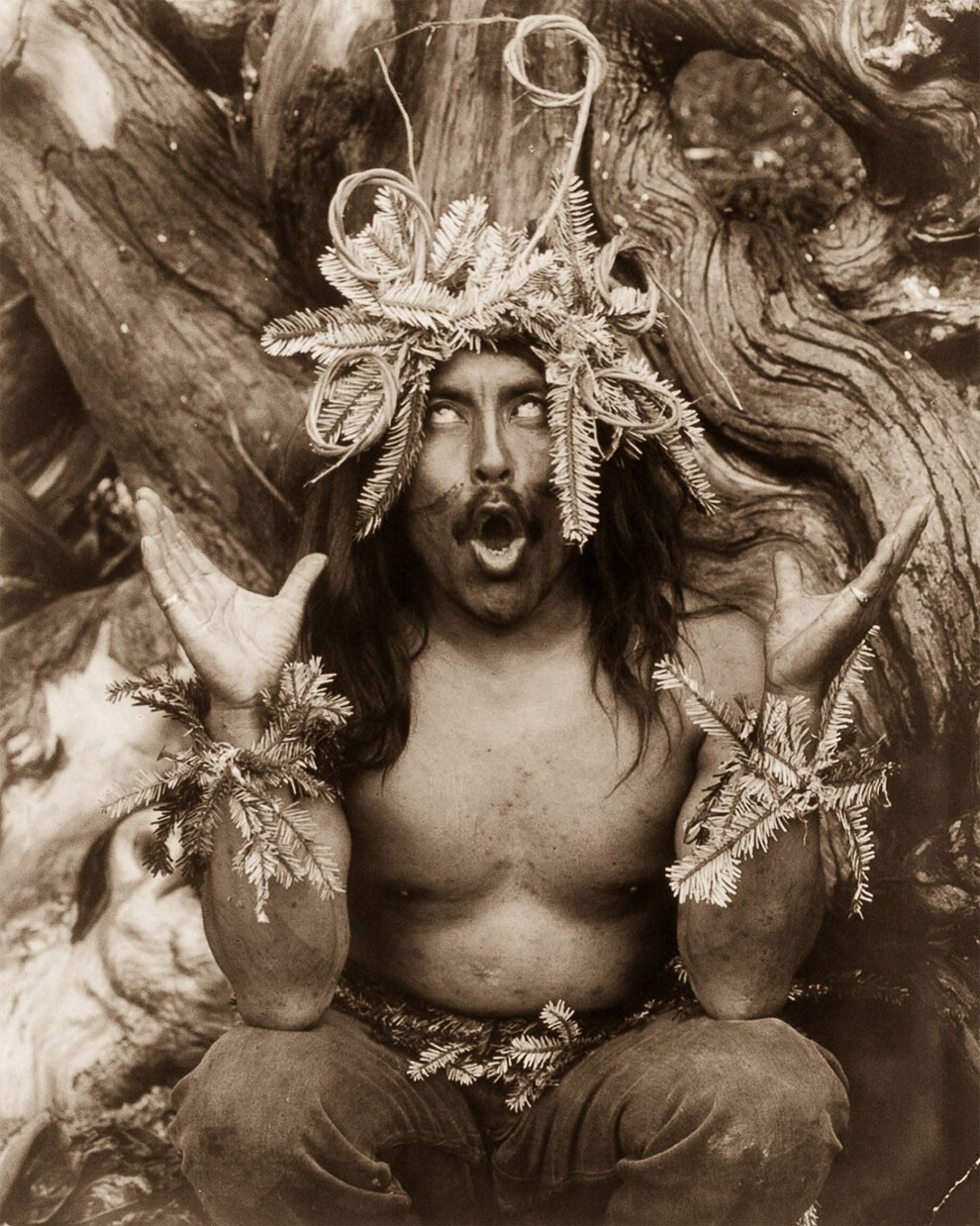
1914. A Kwakiutl shaman performs a religious ritual. (IMAGE: EDWARD CURTIS/LIBRARY OF CONGRESS)
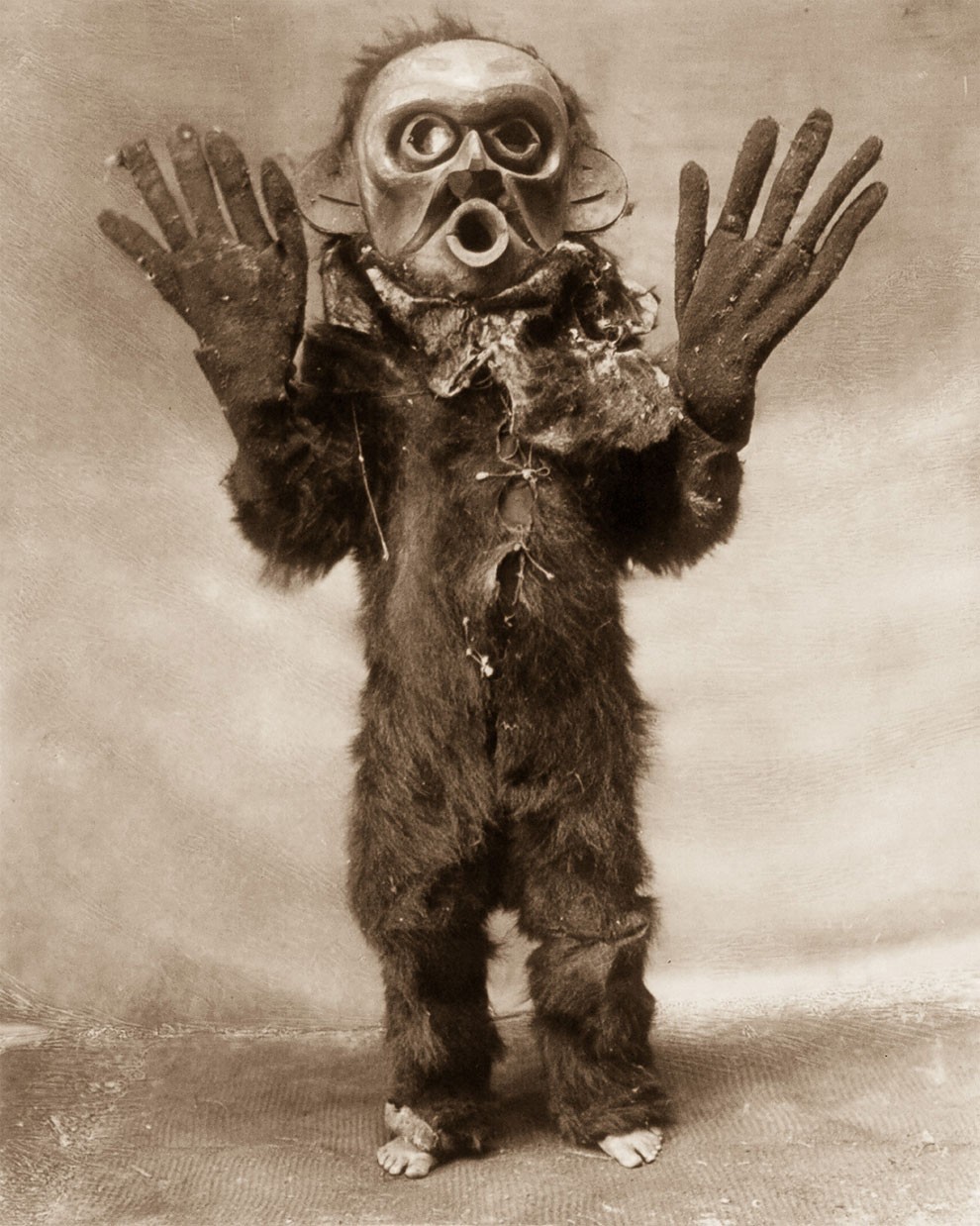
1914. A Koskimo man dressed as Hami (“dangerous thing”) during a Numhlim ceremony. (IMAGE: EDWARD S. CURTIS/LIBRARY OF CONGRESS)
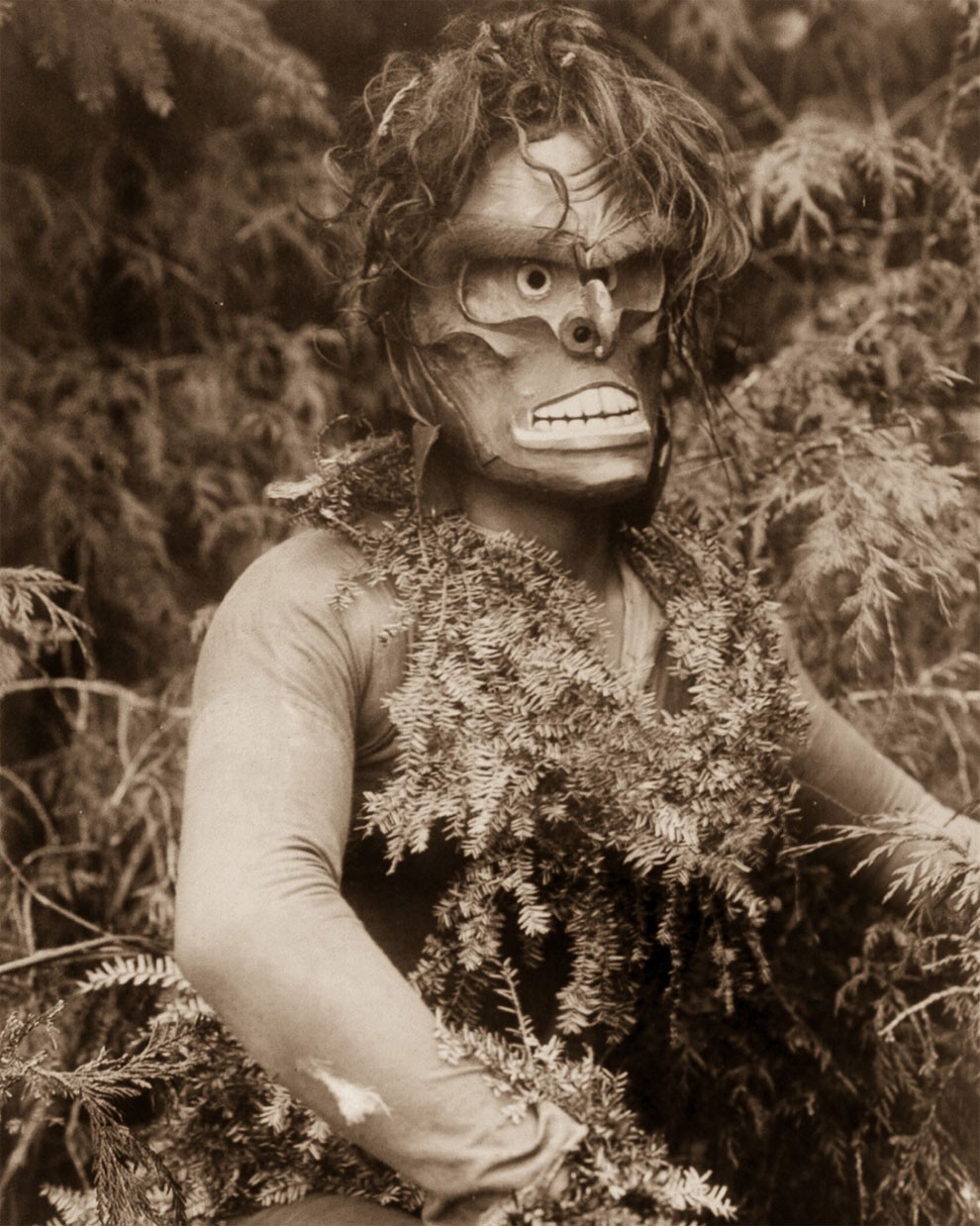
1914. A Qagyuhl dancer dressed as Paqusilahl (“man of the ground embodiment”). (IMAGE: EDWARD S. CURTIS/LIBRARY OF CONGRESS)
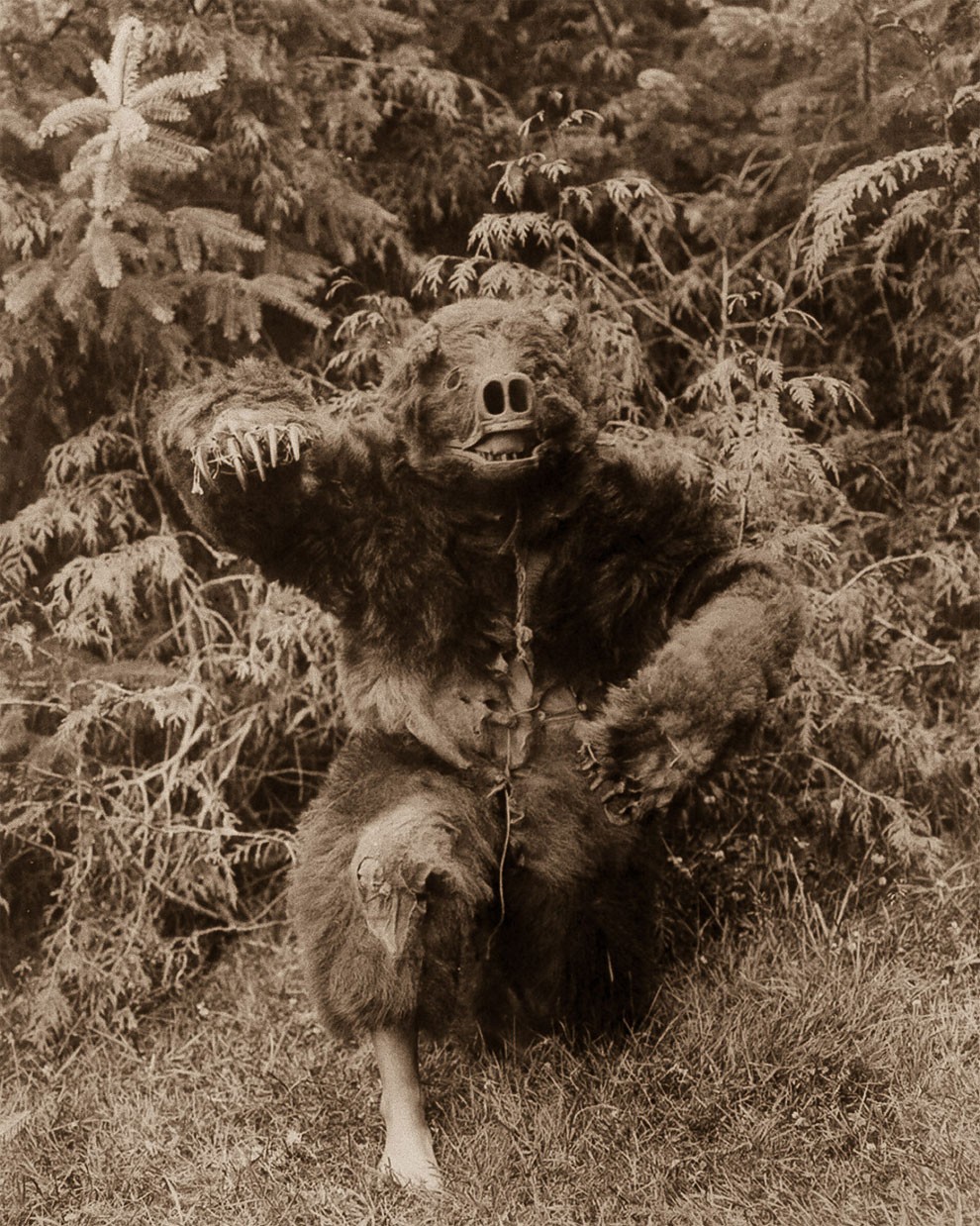
1914. A Qagyuhl man dressed as a bear. (IMAGE: EDWARD S. CURTIS/LIBRARY OF CONGRESS)
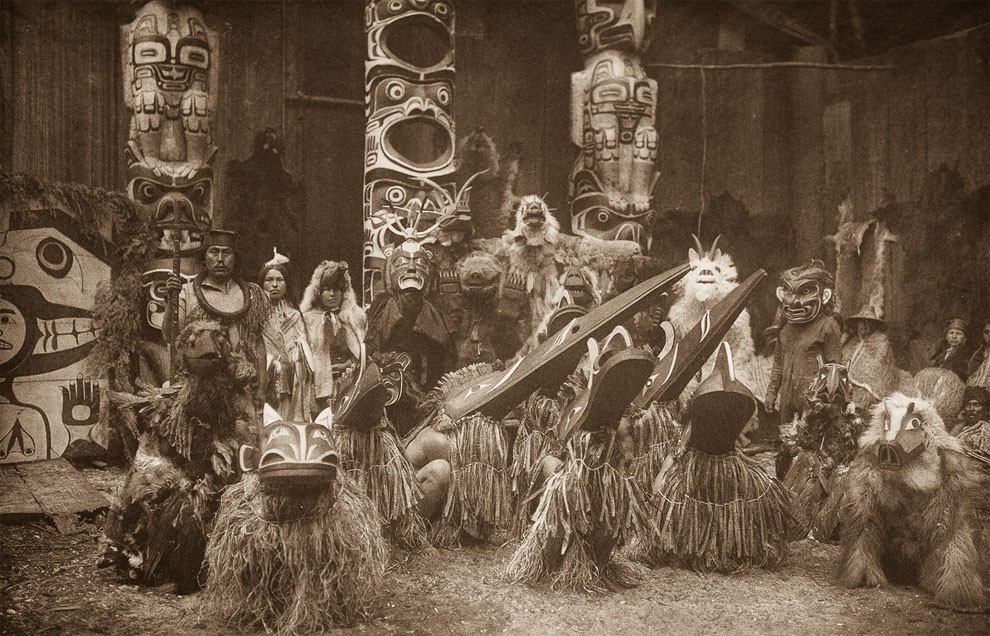
1914. Qagyuhl dancers. (IMAGE: EDWARD S. CURTIS/SMITHSONIAN INSTITUTION)
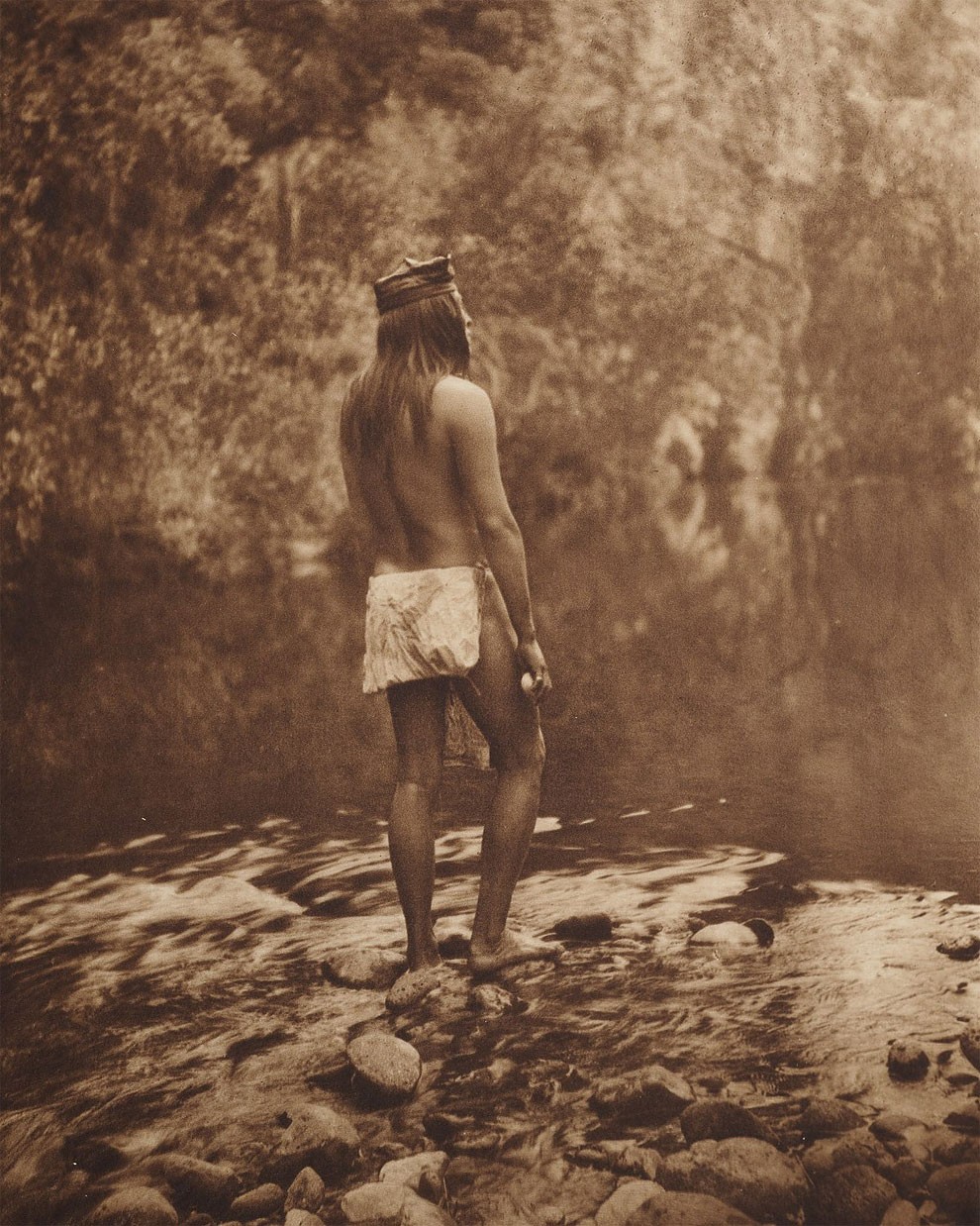
c. 1910. An Apache man. (IMAGE: EDWARD S. CURTIS/SMITHSONIAN INSTITUTION)
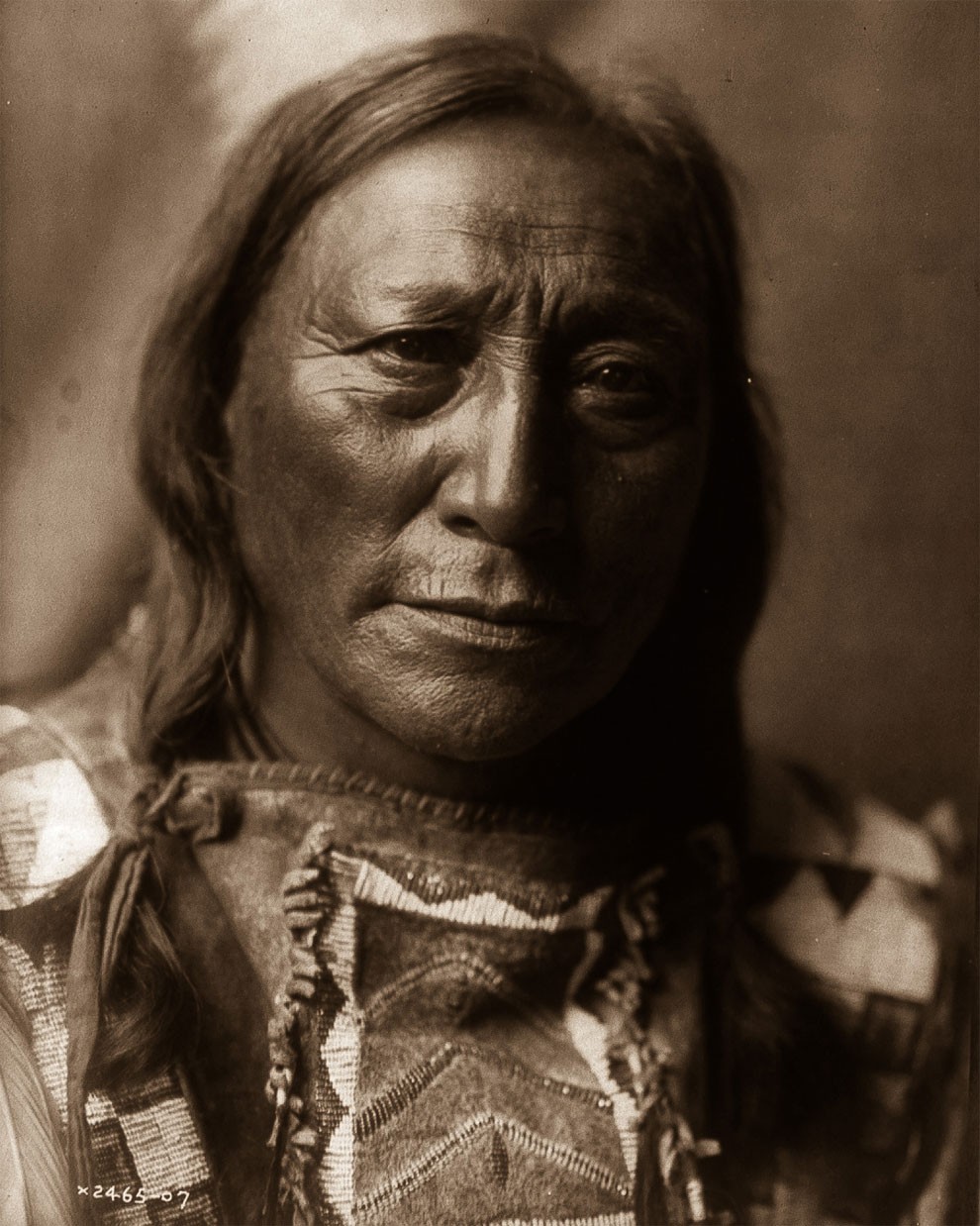
1907. Hollow Horn Bear, a Brulé man. (IMAGE: EDWARD S. CURTIS/LIBRARY OF CONGRESS)
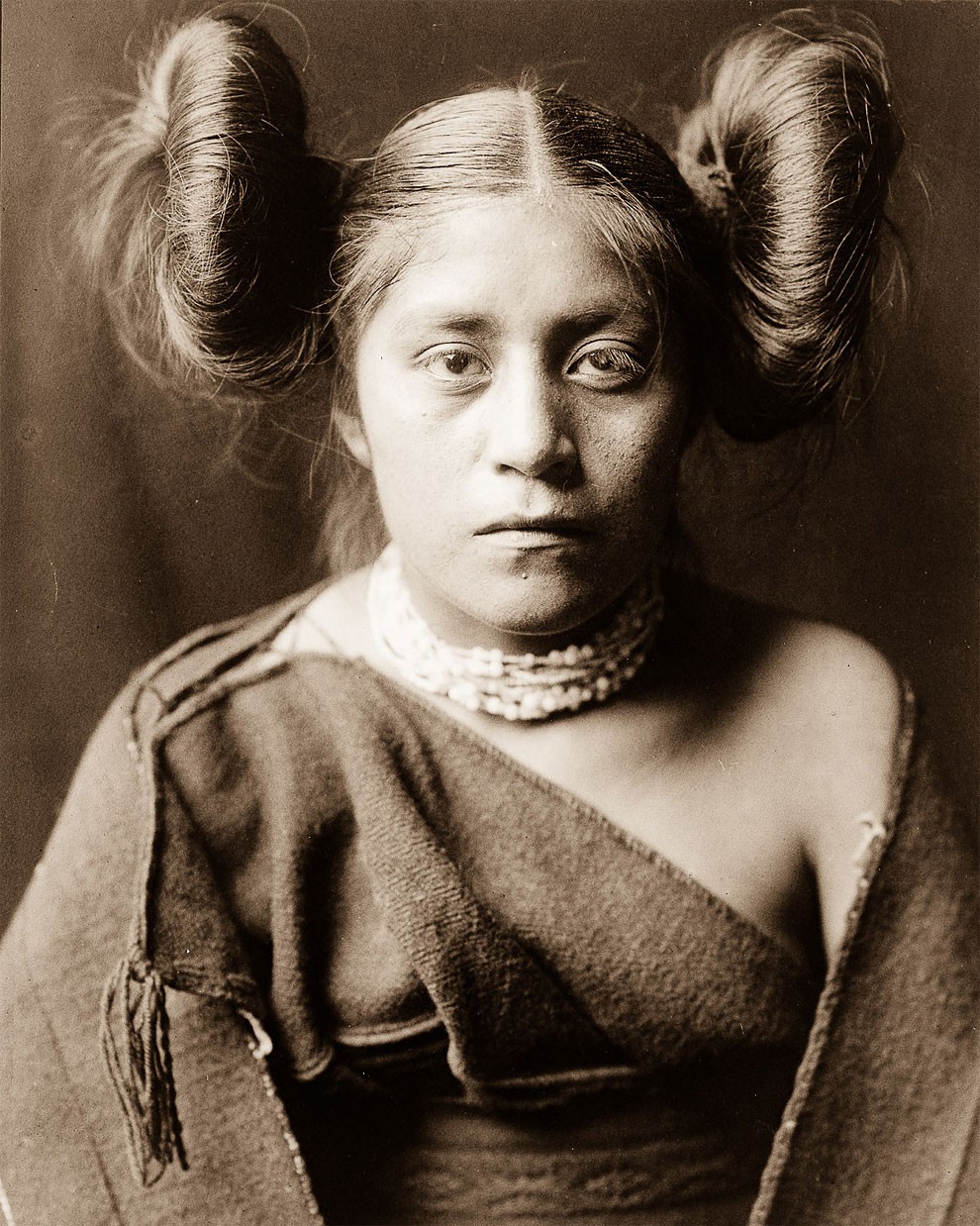
1906. A Tewa girl. (IMAGE: EDWARD S. CURTIS/LIBRARY OF CONGRESS)
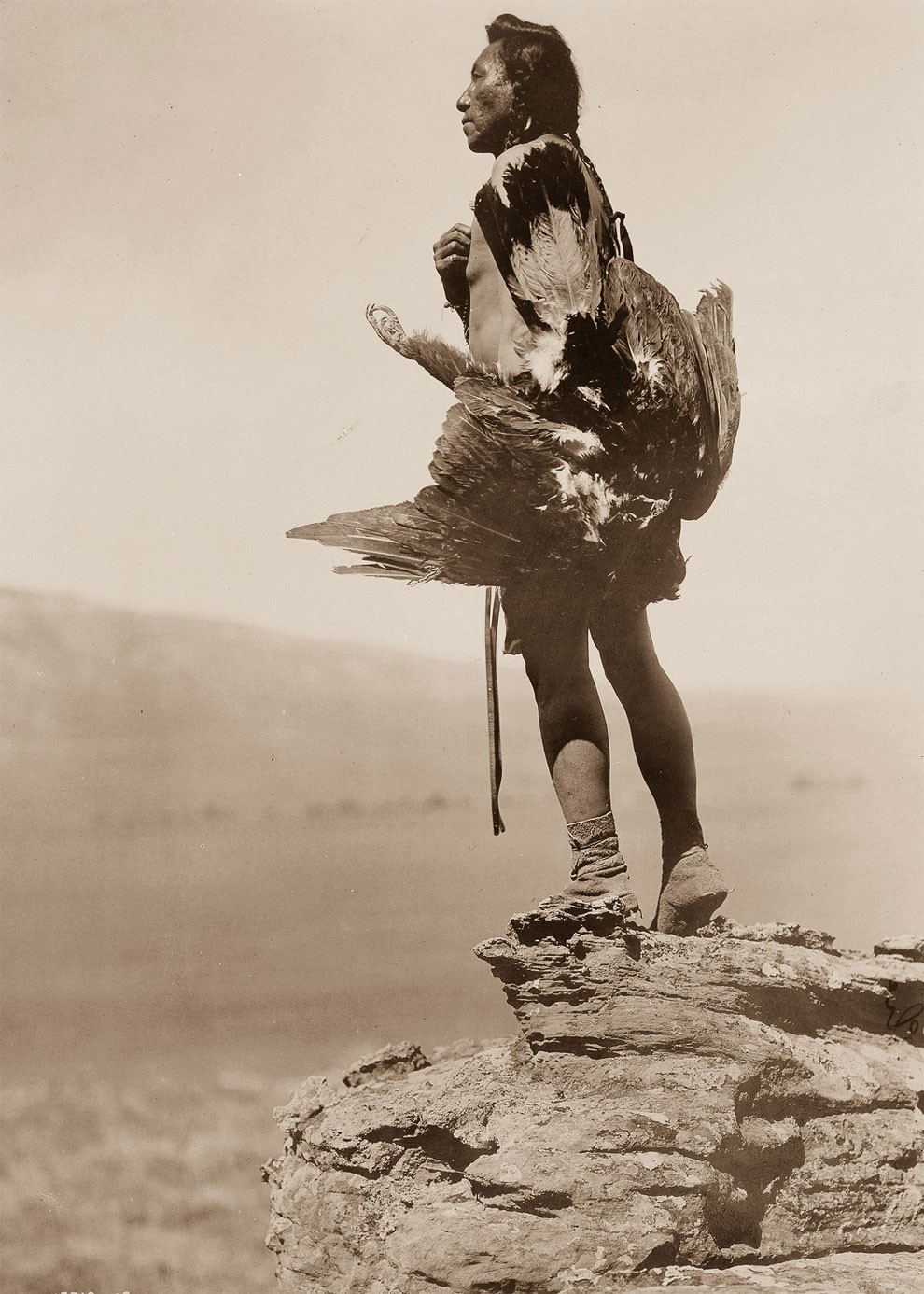
1908. A Hidatsa man with a captured eagle. (IMAGE: EDWARD S. CURTIS/LIBRARY OF CONGRESS)

1910. Piegan tepees. (IMAGE: EDWARD S. CURTIS/LIBRARY OF CONGRESS)
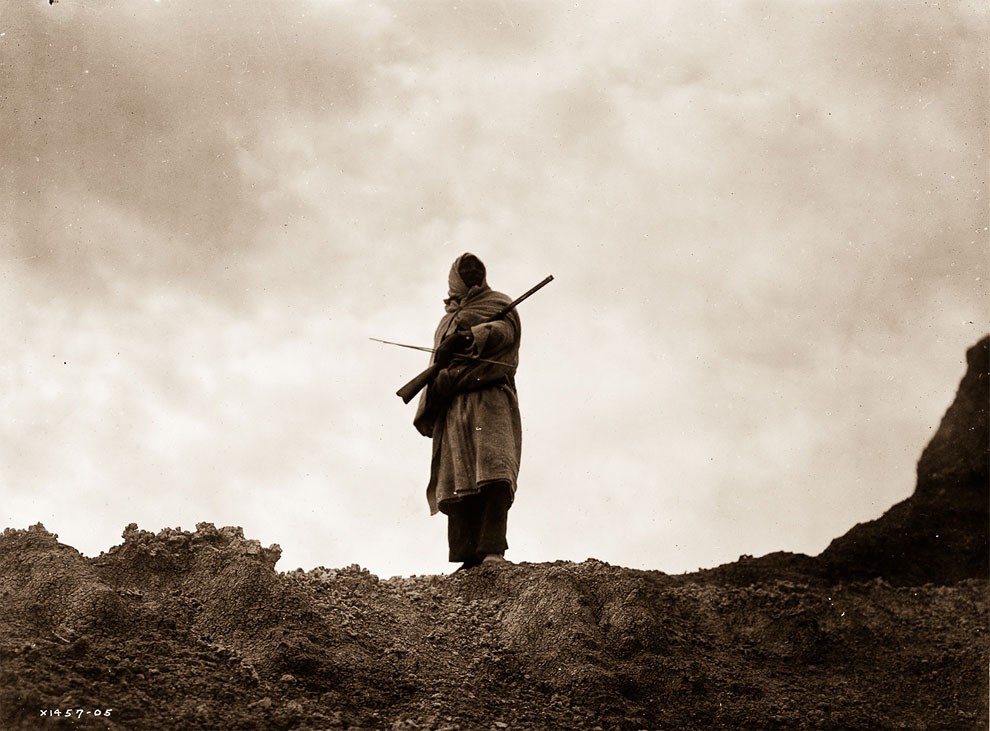
1905. A Sioux hunter. (IMAGE: EDWARD S. CURTIS/LIBRARY OF CONGRESS)
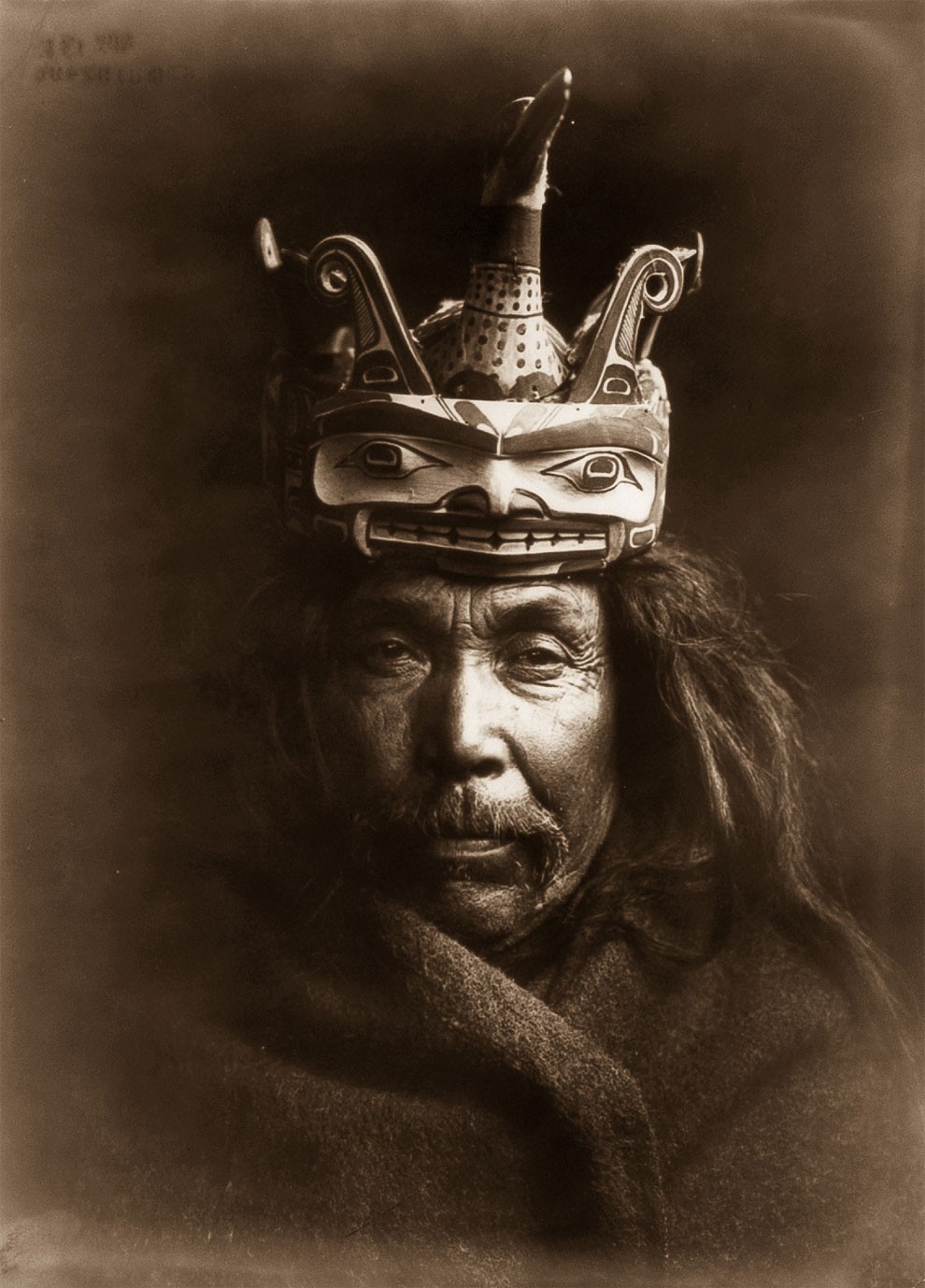
1914. A Kwakiutl man wearing a mask depicting a man transforming into a loon. (IMAGE: EDWARD S. CURTIS/LIBRARY OF CONGRESS)

1908. An Apsaroke man on horseback. (IMAGE: EDWARD S. CURTIS/LIBRARY OF CONGRESS)
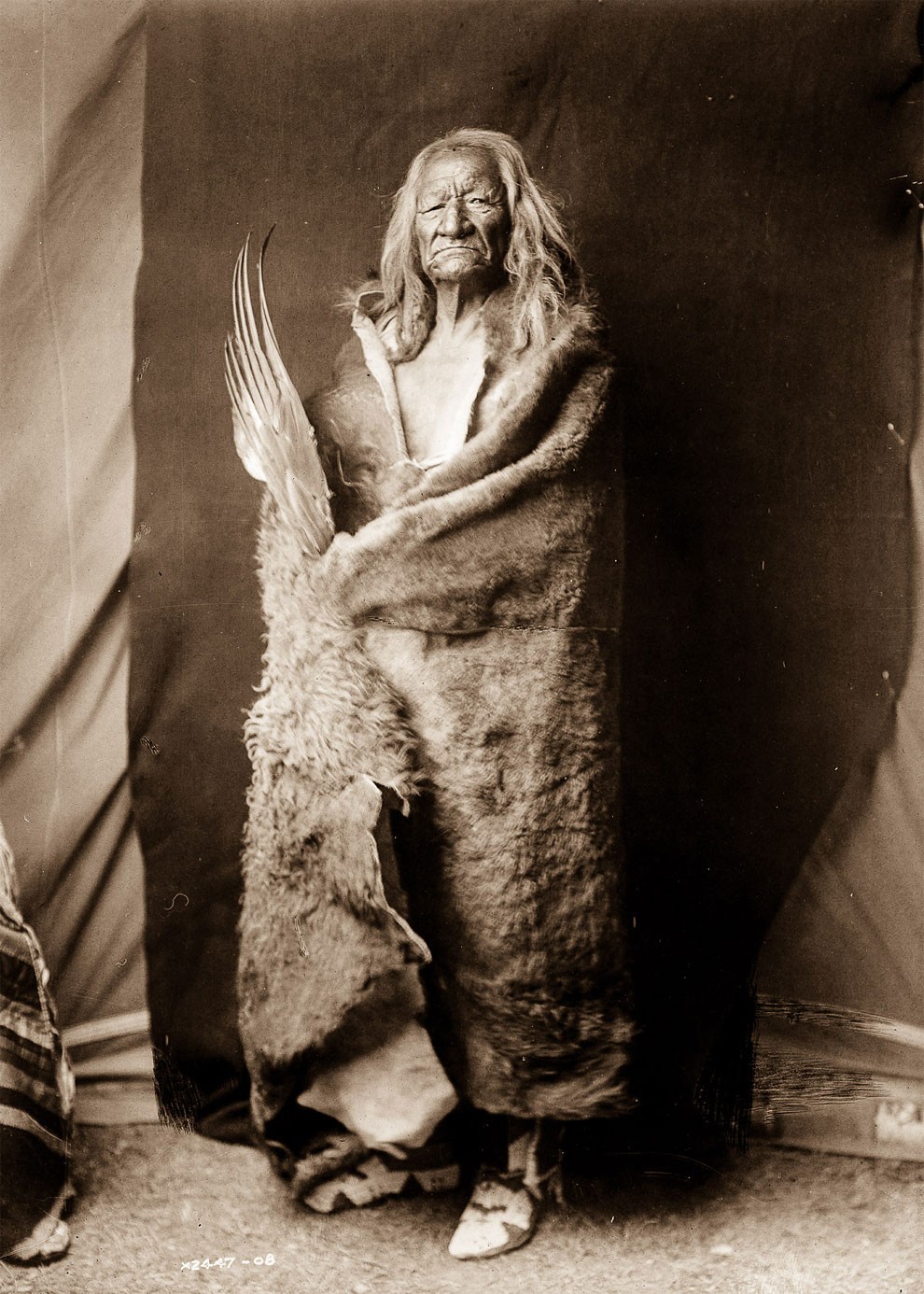
1908. Black Eagle, an Assiniboin man. (IMAGE: EDWARD S. CURTIS/LIBRARY OF CONGRESS)
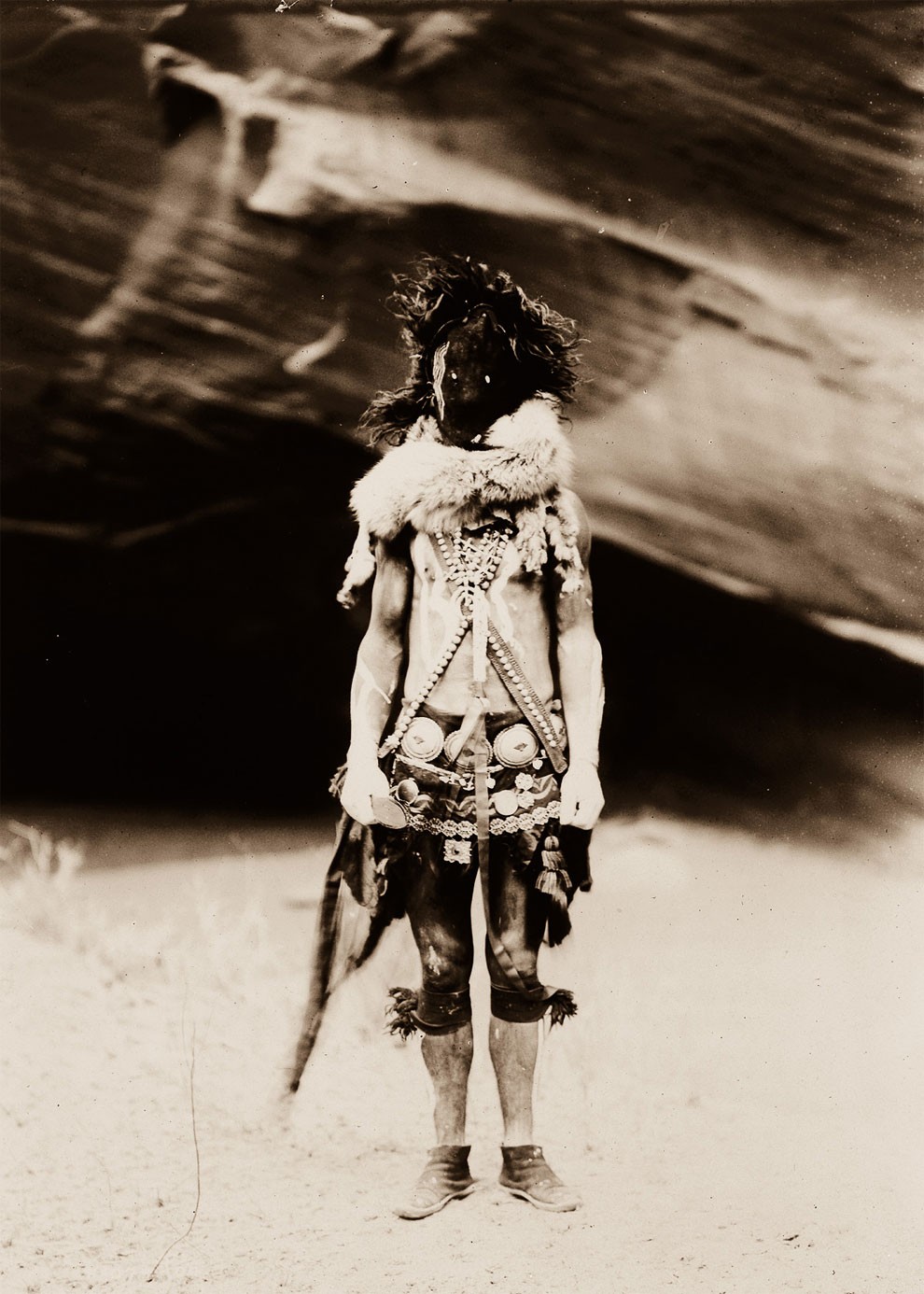
1904. Nayenezgani, a Navajo man. (IMAGE: EDWARD S. CURTIS/LIBRARY OF CONGRESS)
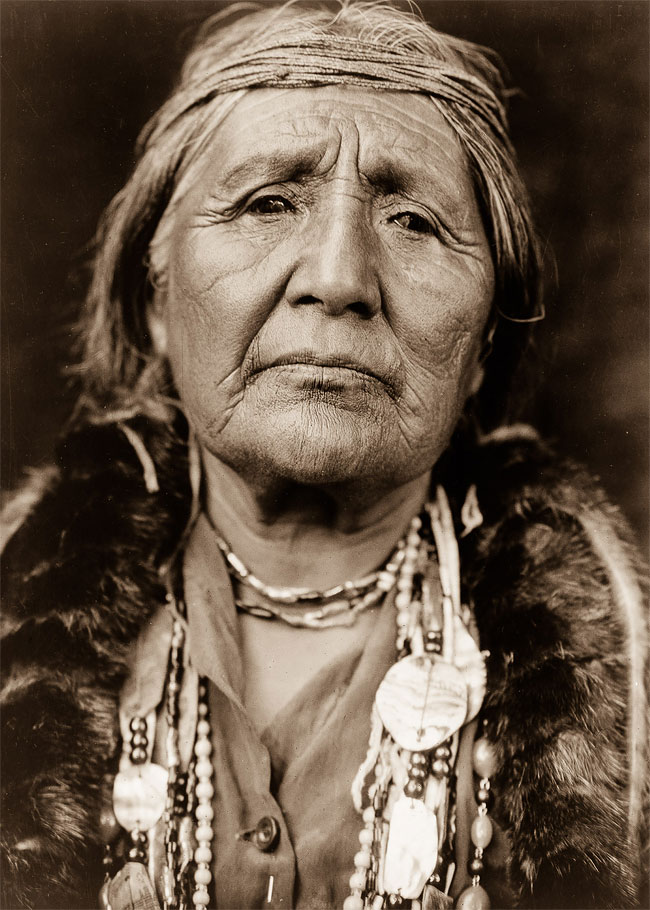
1923. A Hupa woman. (IMAGE: EDWARD S. CURTIS/LIBRARY OF CONGRESS)
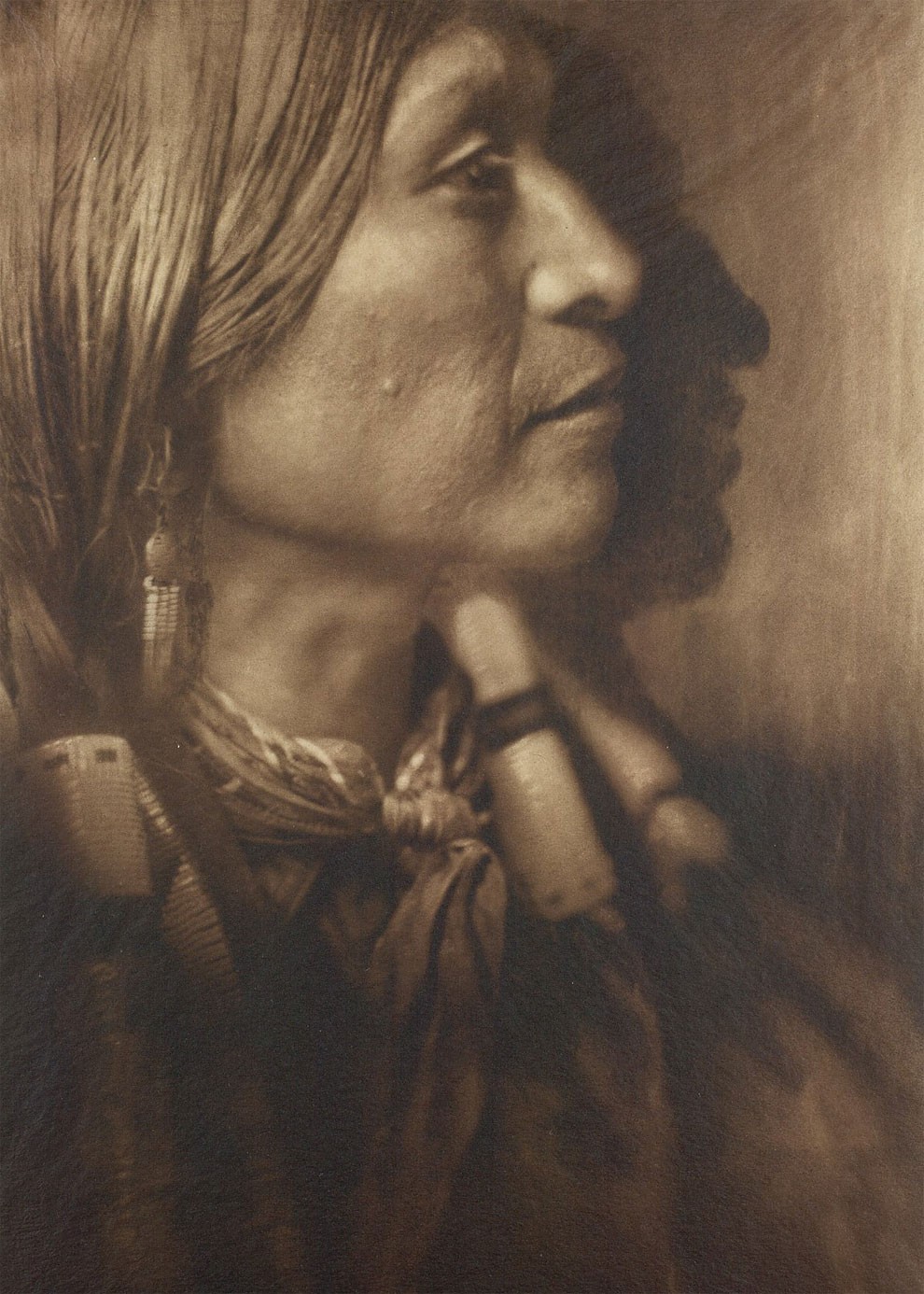
c. 1910. Vash Gon, a Jicarrilla man. (IMAGE: EDWARD S. CURTIS/SMITHSONIAN INSTITUTE)
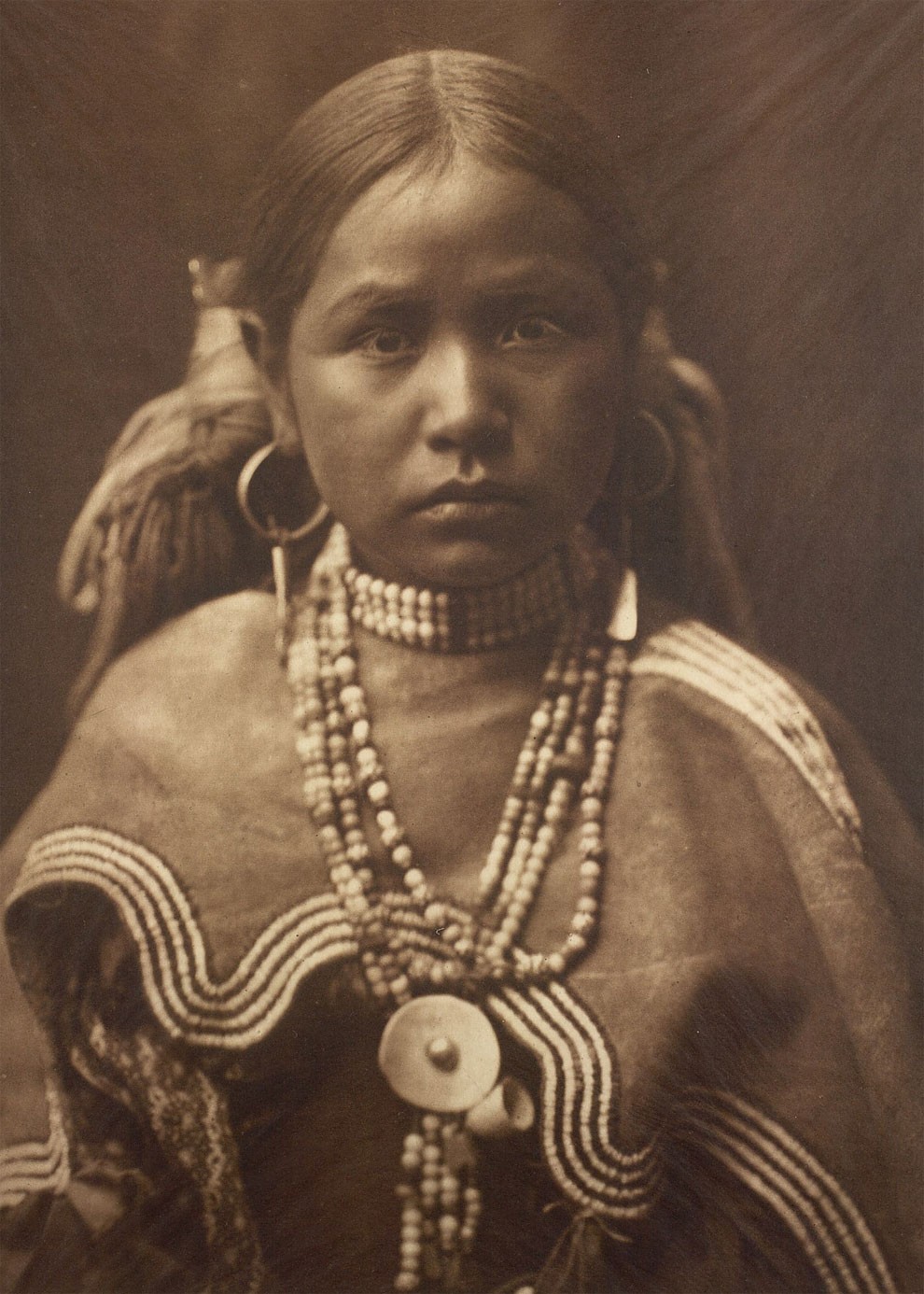
c. 1910. A Jicarrilla girl. (IMAGE: EDWARD S. CURTIS/SMITHSONIAN INSTITUTION)
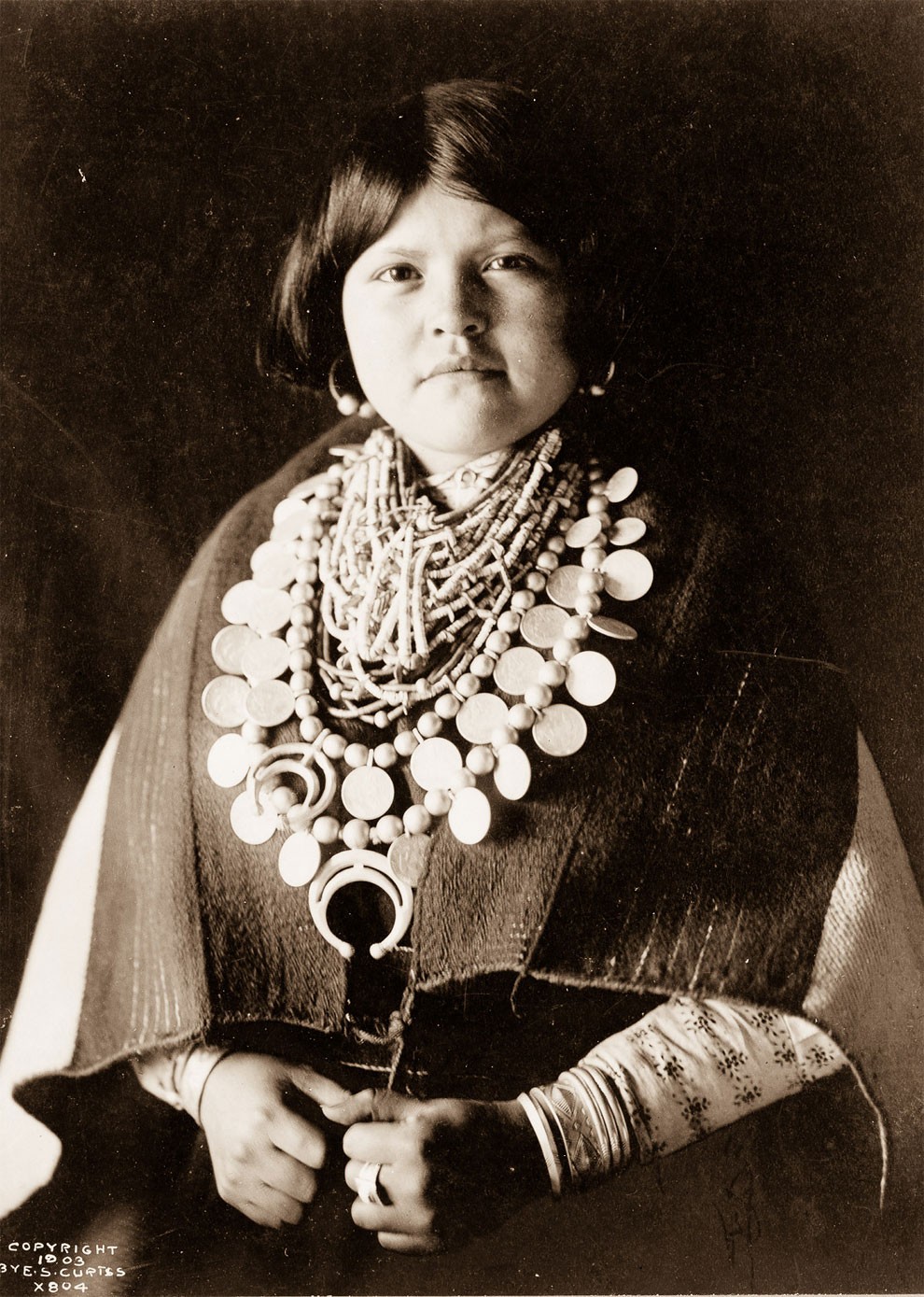
1903. A Zuni woman. (IMAGE: EDWARD S. CURTIS/LIBRARY OF CONGRESS)
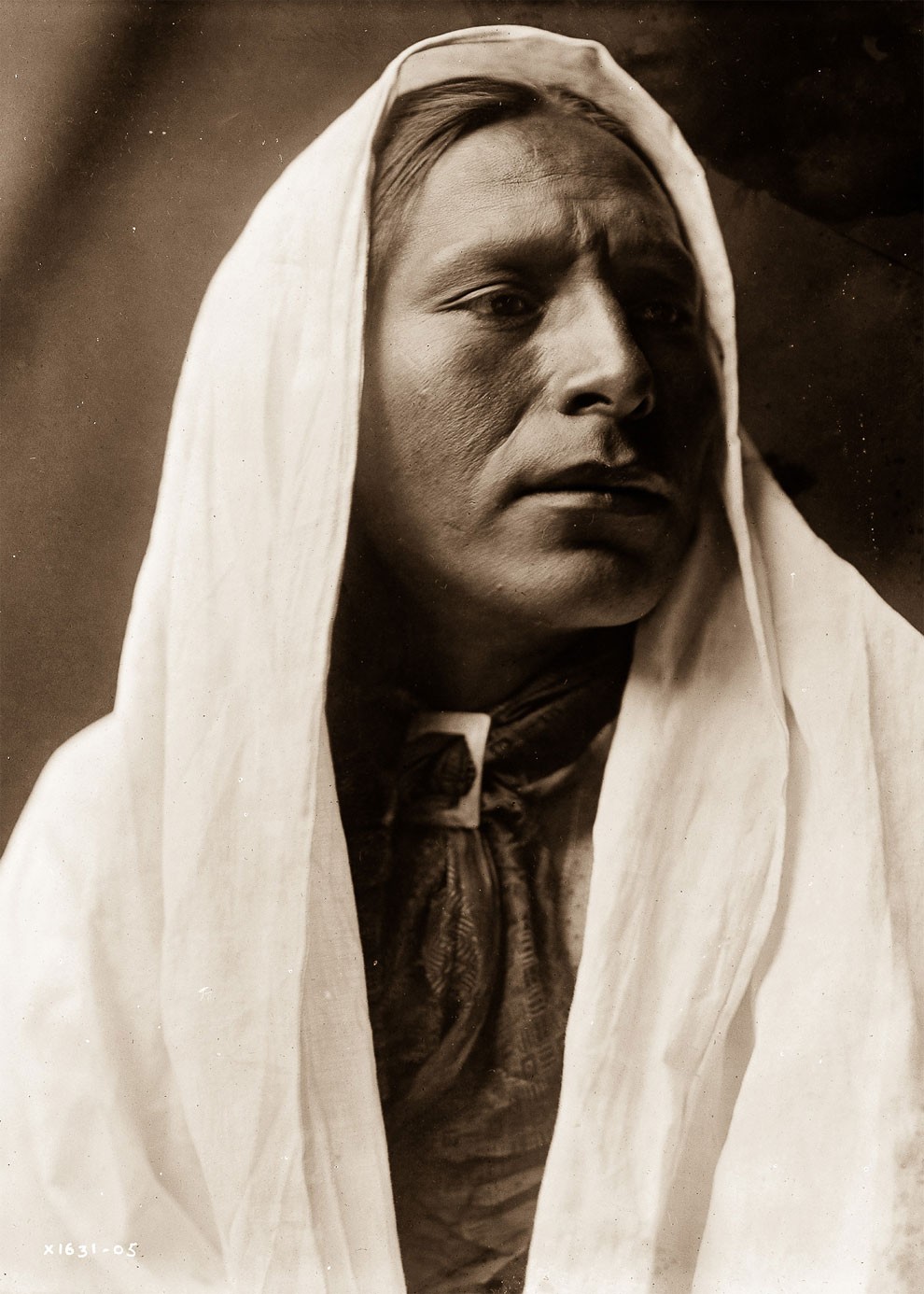
1905. Iahla, also known as “Willow,” of the Taos Pueblo. (IMAGE: EDWARD S. CURTIS/LIBRARY OF CONGRESS)
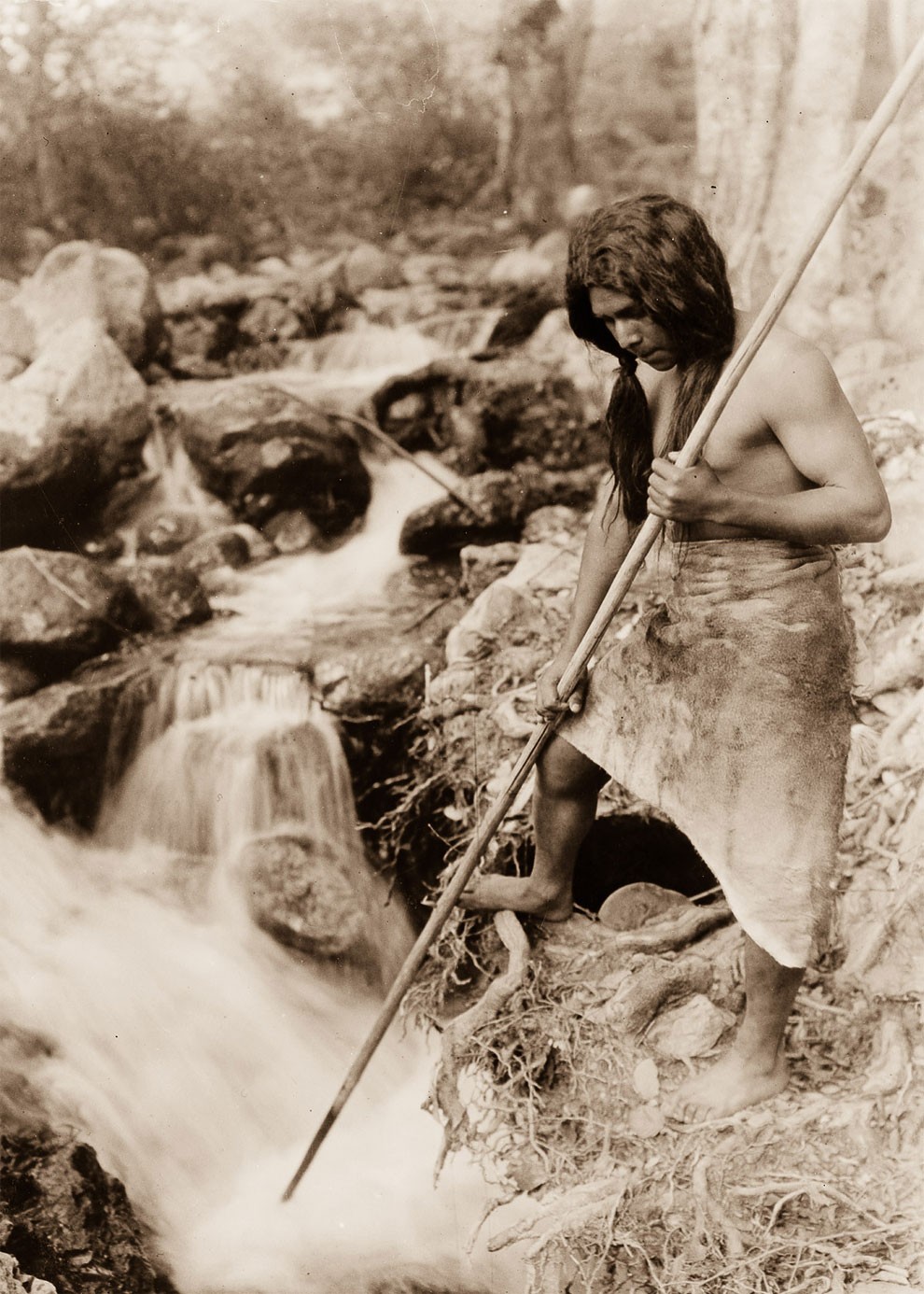
1923. A Hupa spear fisherman watches for salmon. (IMAGE: EDWARD S. CURTIS/LIBRARY OF CONGRESS)
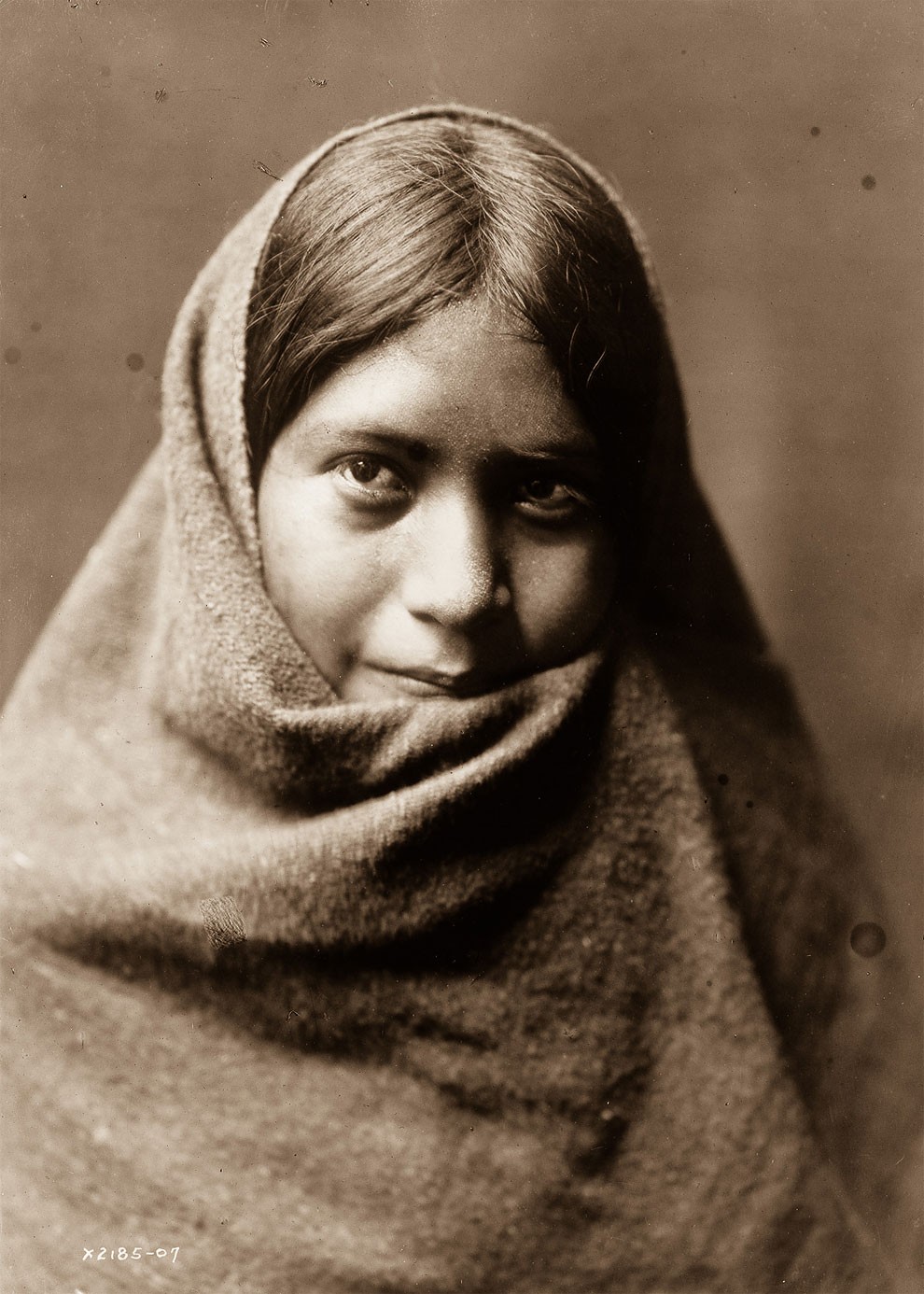
1907. A Maricopa woman. (IMAGE: EDWARD S. CURTIS/LIBRARY OF CONGRESS)
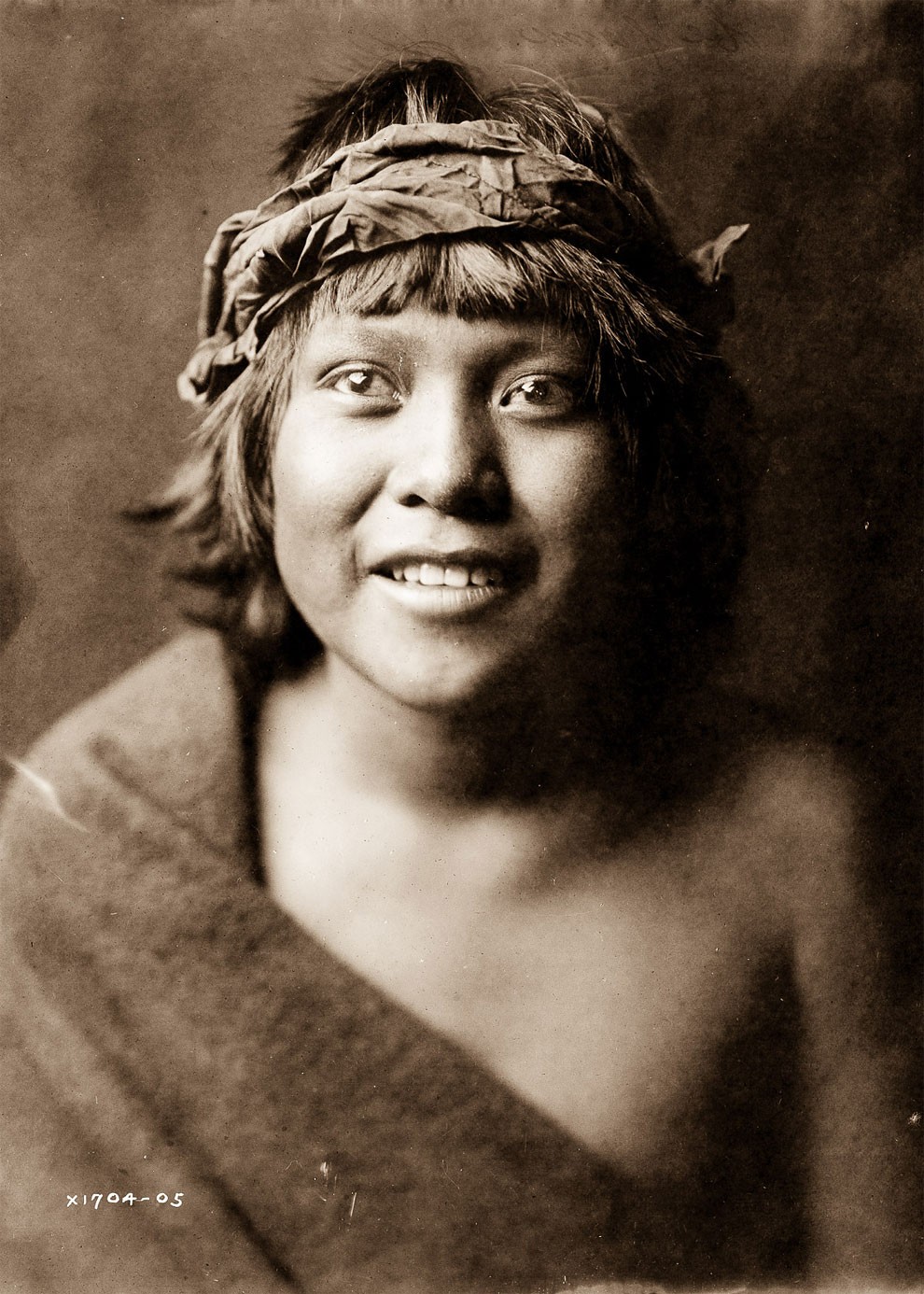
1905. Okuwa-Tsire, also known as “Cloud Bird,” of the San Ildefonso Pueblo. (IMAGE: EDWARD S. CURTIS/LIBRARY OF CONGRESS)
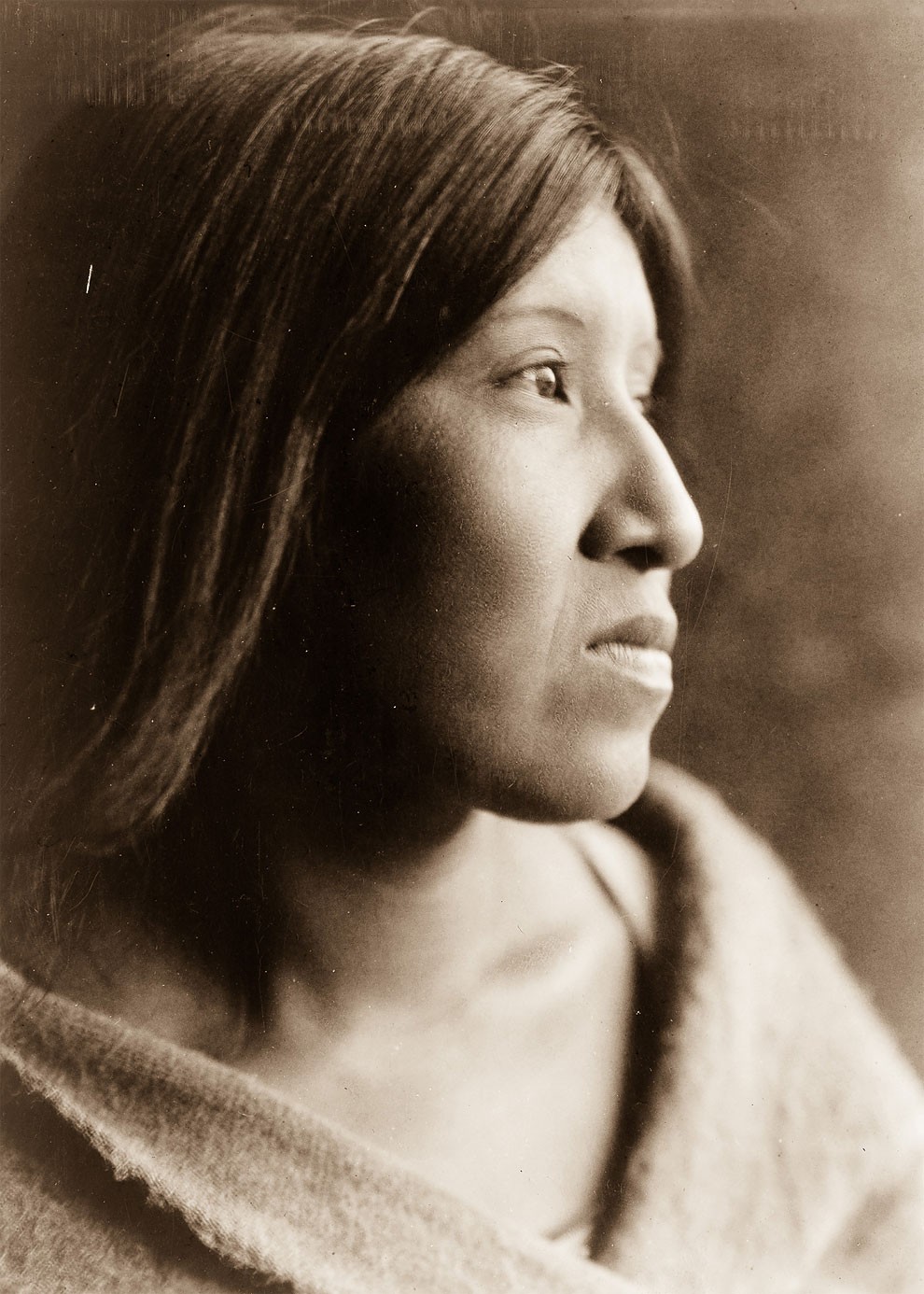
1924. A Cahuilla woman. (IMAGE: EDWARD S. CURTIS/LIBRARY OF CONGRESS)
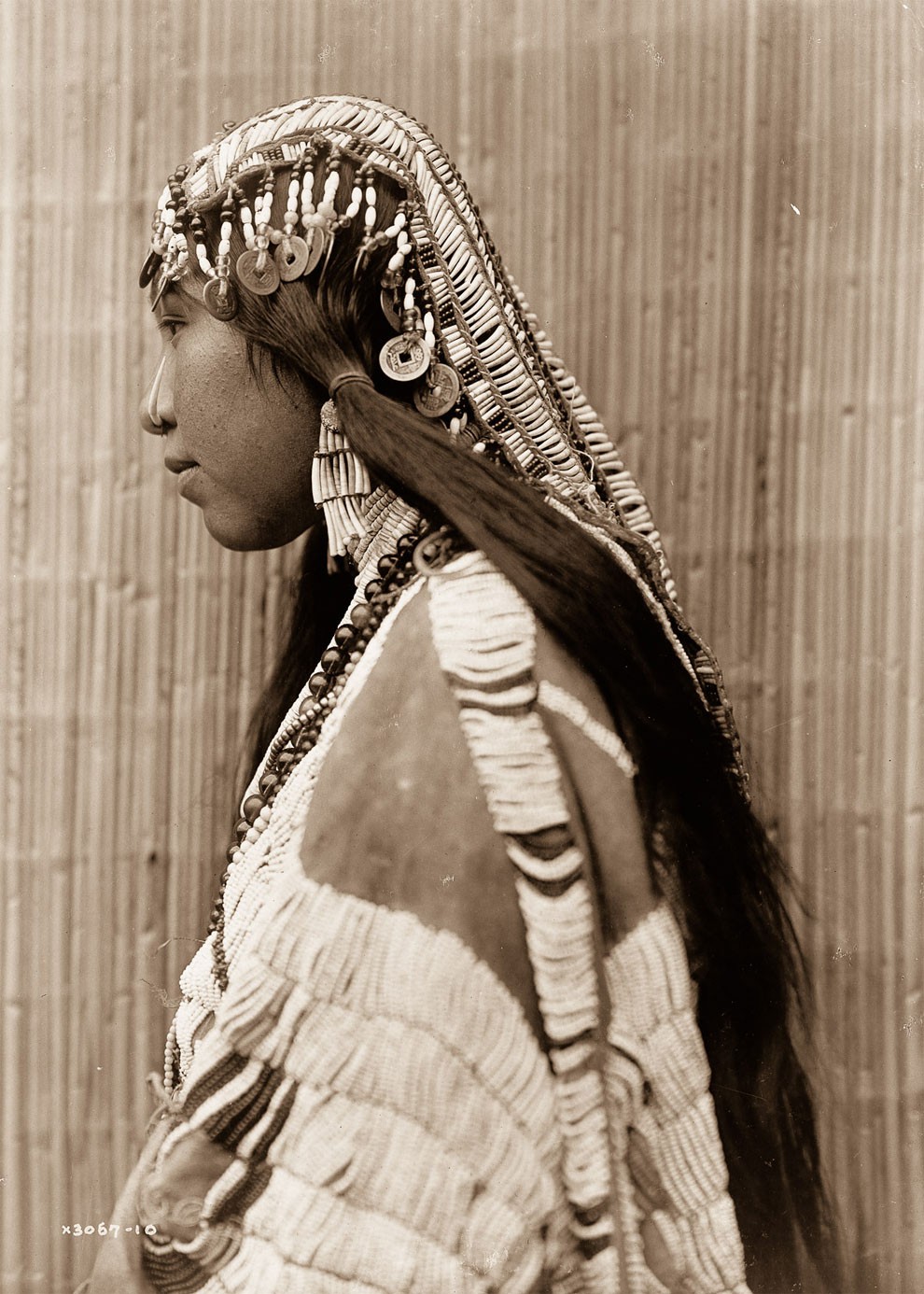
1910. A Wishran girl. (IMAGE: EDWARD S. CURTIS/LIBRARY OF CONGRESS)
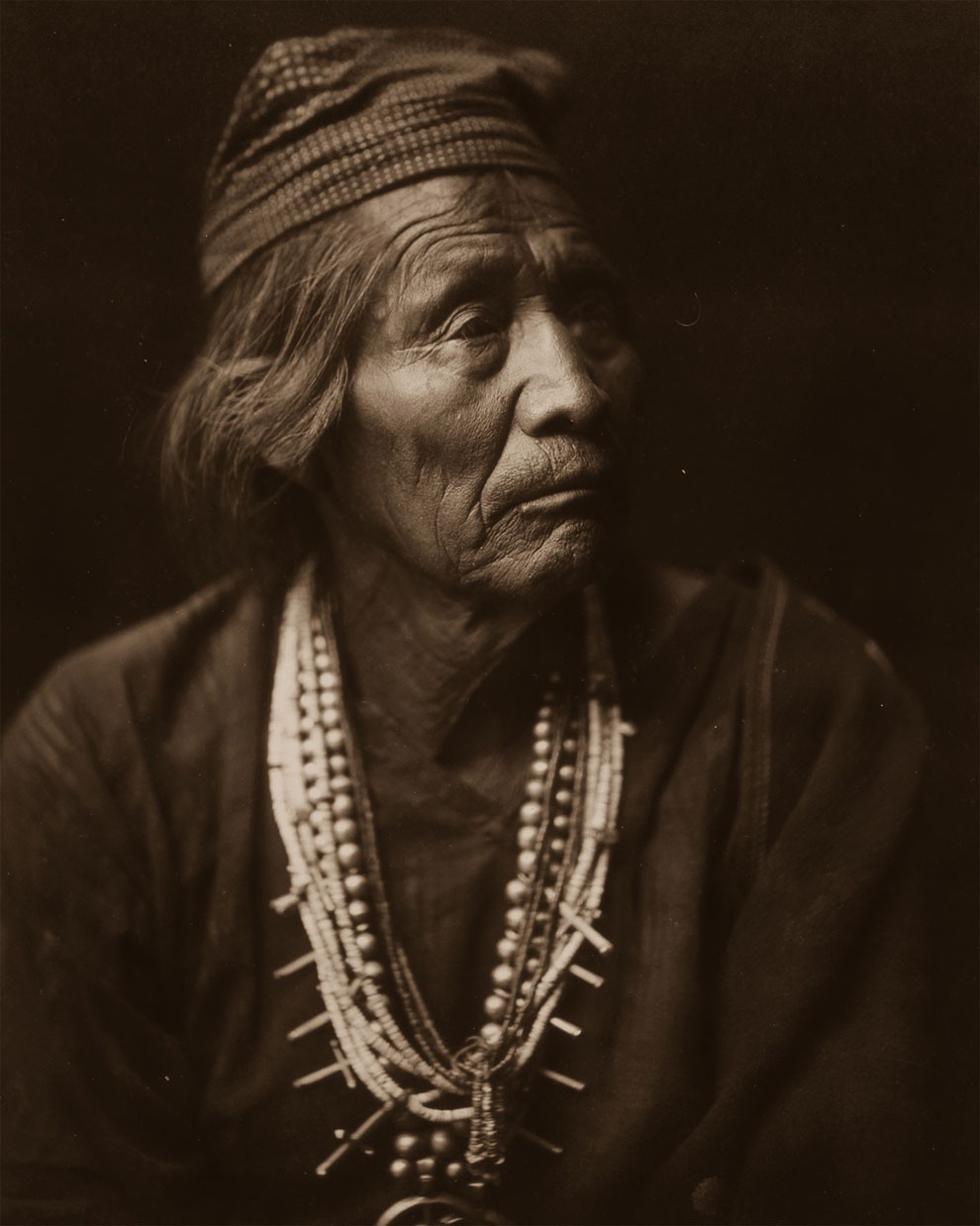
1904. Nesjaja Hatali, Navajo medicine man. (IMAGE: EDWARD S. CURTIS/LIBRARY OF CONGRESS)